Africa. A continent of diverse cultures, natural wonders, and home to some of the world’s most amazing wildlife. Several countries within this massive continent offer first-rate safari experiences – we chose Tanzania. From Tarangire to the Ngorongoro Crater to the endless savannahs of the Serengeti, this holiday was truly one incredible experience after another.
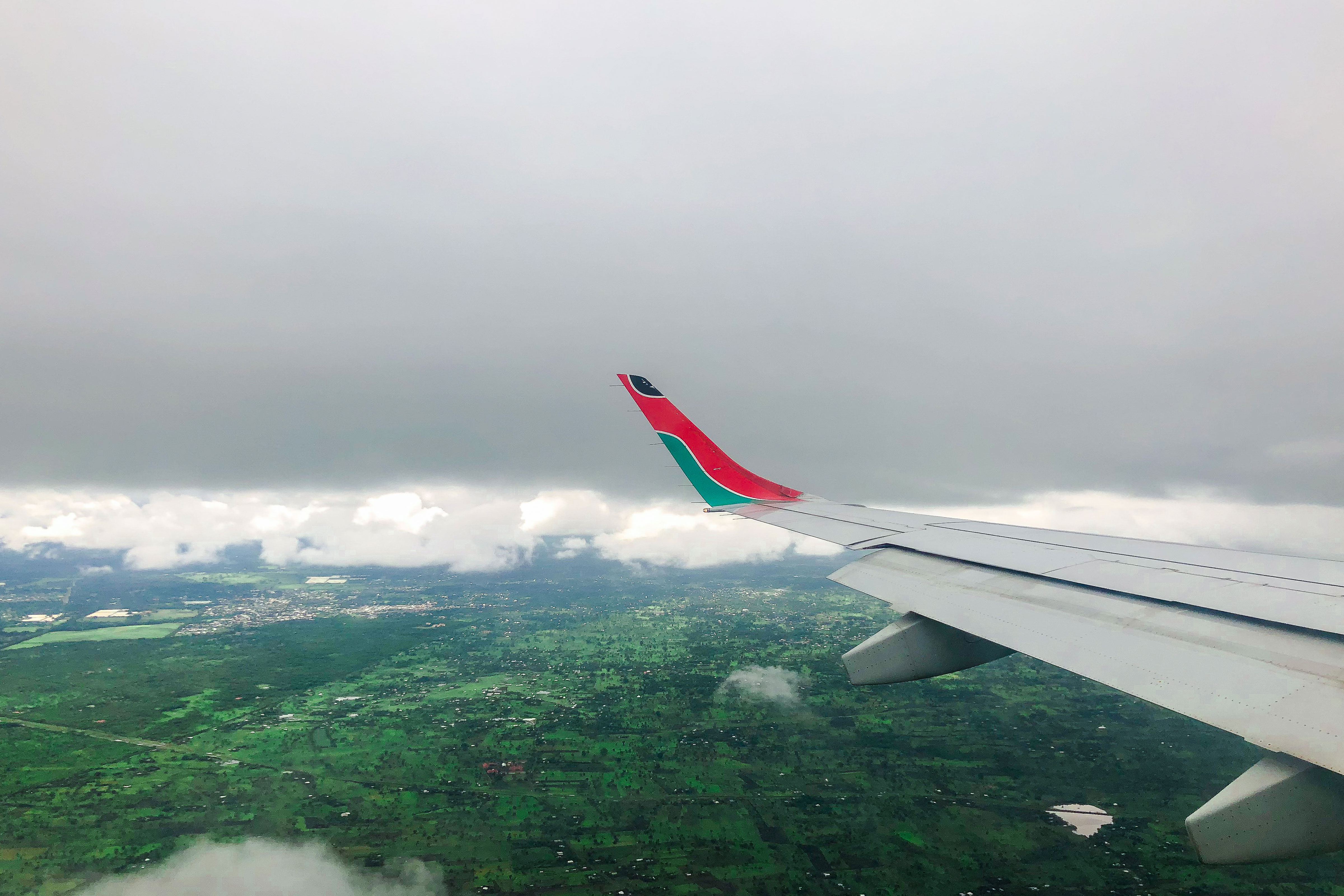
Flying from Nairobi to Mount Kilimanjaro
We booked our six-day safari adventure with the Serena Group of Hotels and they pretty much organized everything for us. You decide how much time you want to spend, which national parks you want to visit and Serena will chalk up the itinerary for you. There are numerous flight options available; we flew from Dubai via Nairobi to Kilimanjaro where we were picked up by our tour guides and driven to the Arusha Serena Hotel, Resort & Spa.
Arusha Serena Hotel, Resort & Spa
Set among the woodland slopes of Mount Meru at the edge of Lake Duluti, this was the first stop in our trip. It was already exciting and we had seen nothing yet! The hotel echoed a style of an era gone by – the interiors feature unique artifacts, French doors opening to beautiful lake and garden views and a restaurant with a wood fireplace. Talk about cozy!
Cottage style rooms on gorgeous landscaped lawns
Lazed around that day, enjoyed the views and walks around the sprawling grounds breathing air that was so fresh, so pure! If you have more time, there are some things to do in Arusha. A nature walk down to Lake Duluti, a little canoeing or a trip to the nearby town/marketplace. The hotel would be more than happy to arrange it for you.
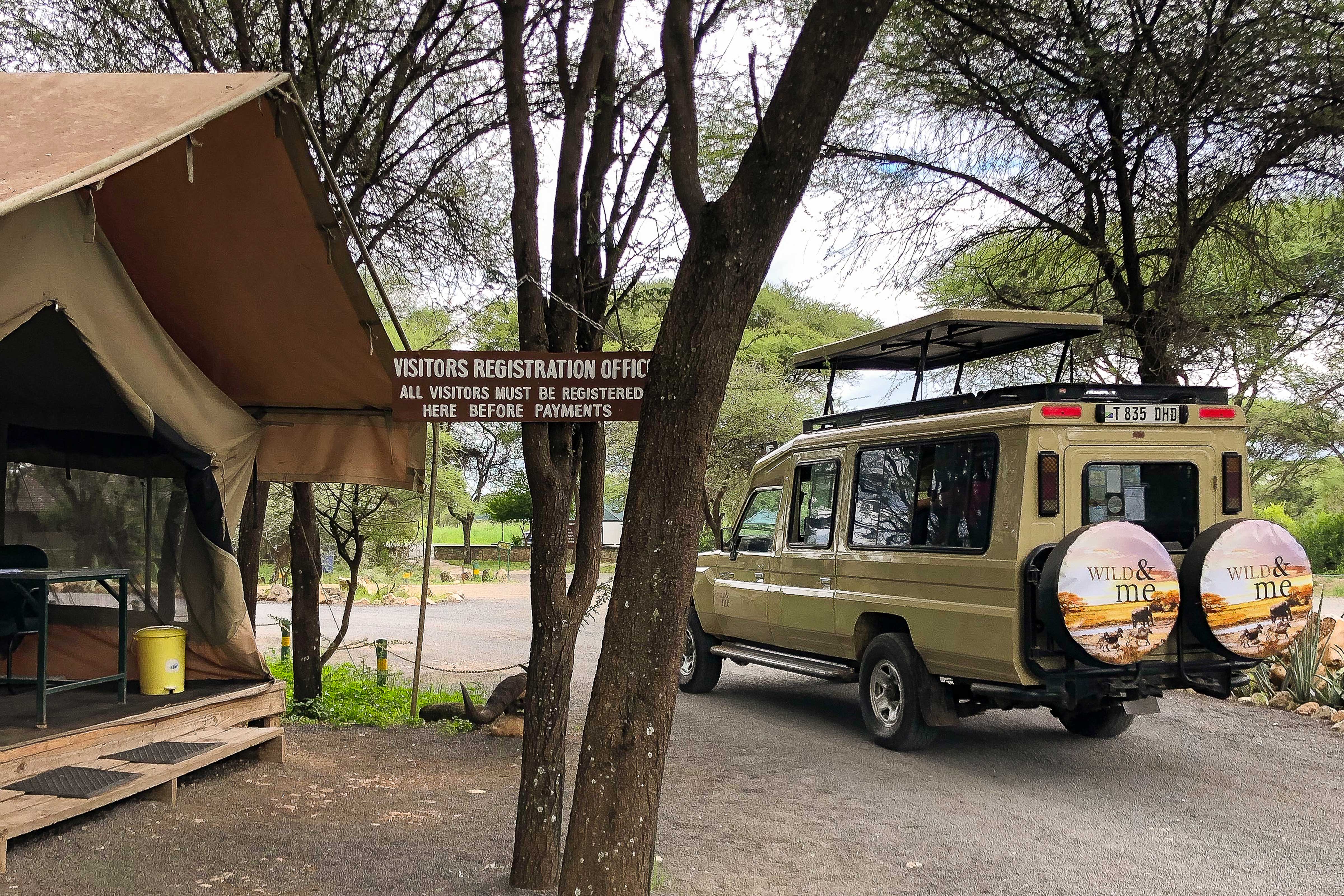
Entrance to Tarangire National Park
We started out early the next morning. First stop – Tarangire National Park – in Tanzania’s Manyara Region spread over about 2,850km². The park is famous for the vast herds of elephants, the giant baobab trees and more than 500 species of birds. In fact, in 2017, a 57-year-old elephant named Eloise (supposedly one of the oldest elephants alive) gave birth to twin calves here. We came across zebras, wildebeest, cape buffalos and giraffes. Just didn’t tire of the giraffes with their large, soulful eyes and the half graceful-half awkward gait as they moved from one tree to the other.
Driving through Tarangire National Park
We drove through Tarangire that first day and onwards to the Ngorongoro Crater.
Ngorongoro Serena Safari Lodge
We arrived late afternoon at the Ngorongoro Serena Safari Lodge. Set on the rim of the crater and so entwined into the landscape, that you don’t notice it until you drive up to it. Beautifully appointed rooms with private stone balconies opening up to vast vistas below – the crater at your feet. Mesmerizing! And add the magnificent sunsets (and sunrise) to the visual feast.
Exploring the Ngorongoro Crater
Elephants in the Ngorongoro Crater – Such majestic animals!
Next morning (all starts are quite early so be prepared to hit the road by 8 am) we descended into the crater following a narrow track lined with lush foliage. A UNESCO World Heritage Site, the Ngorongoro basin is also known as the Eighth Wonder of the World. Expanses of plains, lakes, and forests and home to around 30,000 animals, it was an almost surreal experience. So vibrant was the landscape, the colors, the sounds and the total thrill of sighting one species of an animal after another. We never expected to spot rhinos. As luck would have it, we got to see not one but two – a very rare sighting. What gentle, almost pre-historic looking creatures. If you are lucky you can spot all or almost all of the Big 5 here. Wildlife you can expect to see include elephants, wildebeest, lions, zebras, and masses of flamingos. We spent the evening at the hotel’s bar and restaurant and enjoyed some lively Masai dance and music.
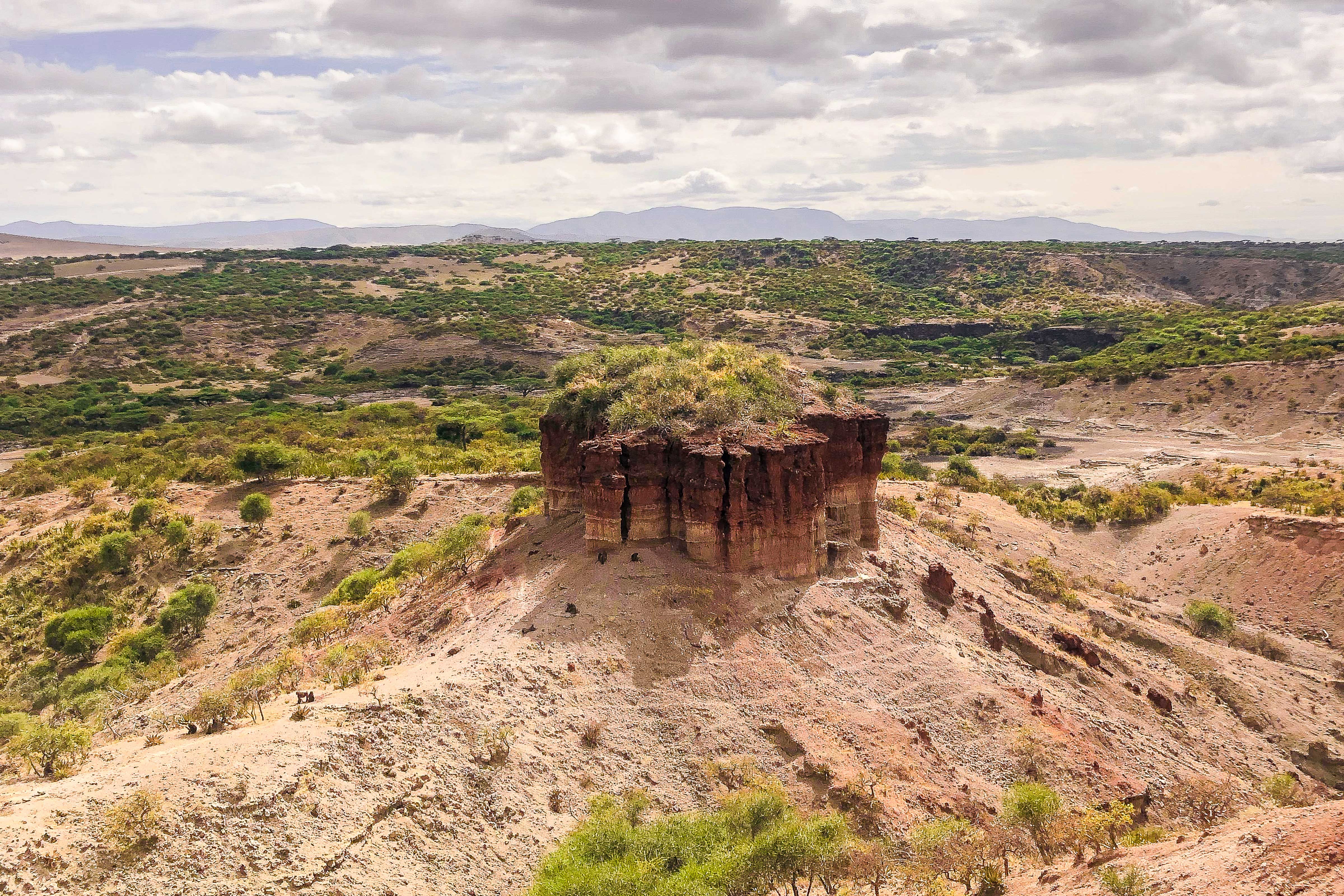
Olduvai Gorge
Morning of day 3, we were off to the Serengeti, the last national park on the list. We stopped at the Olduvai Gorge on our way. It is considered to be one of the most important paleoanthropological sites in the world and has proven to be invaluable to help understand early human evolution. Fun Fact: The first early human species occupied Olduvai Gorge approximately 1.9 million years ago. Our species, Homo sapiens, which is estimated to have emerged roughly 300,000 years ago, is said to have occupied the site 17,000 years ago.
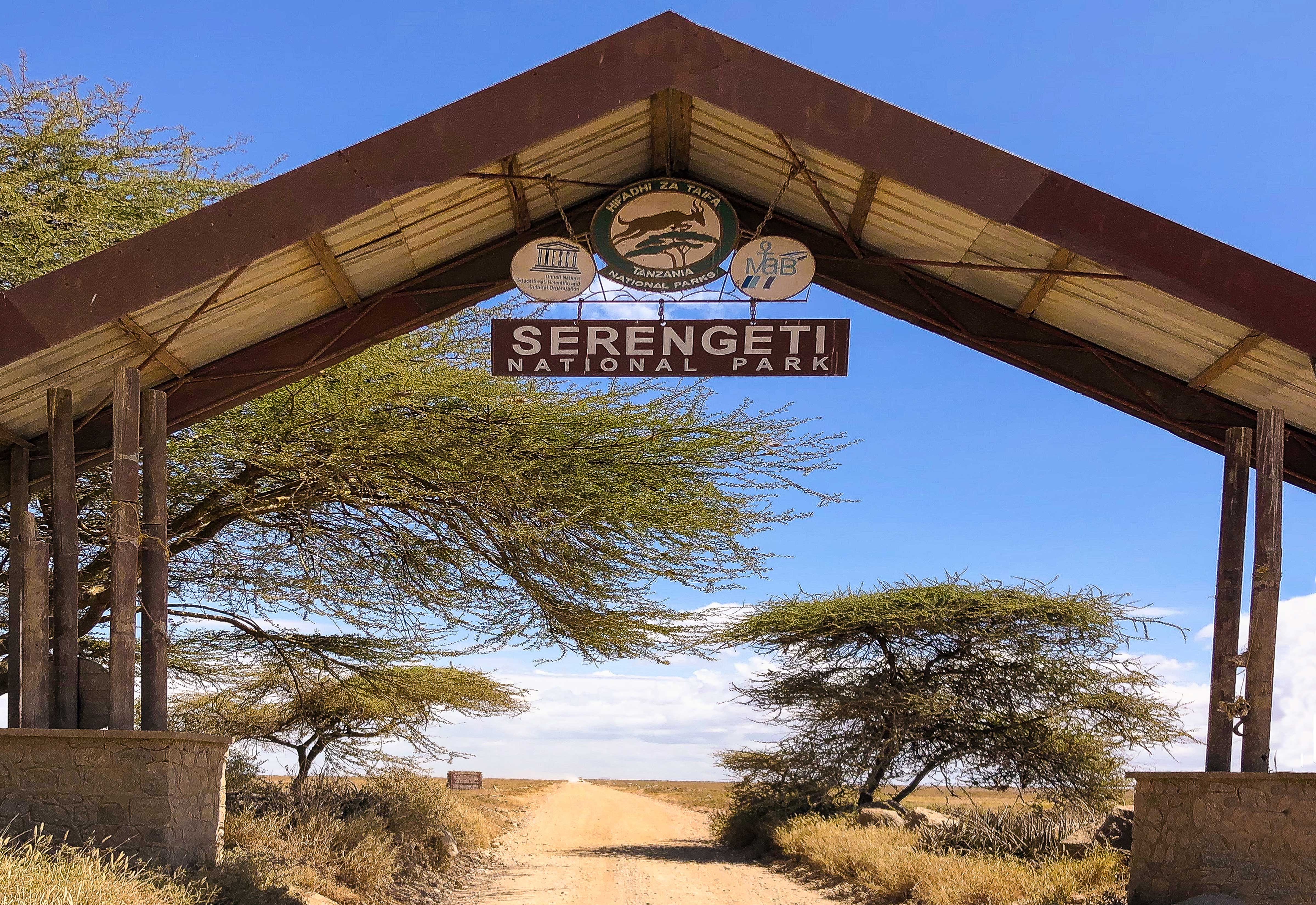
Entrance to the Serengeti National Park
And then on to the Serengeti. We spent three days there. What can I say? Even the name is so musical and hauntingly romantic. I think we all left a little bit of our heart and soul back in those endless plains. So much beauty, so many phenomenal moments.
Cheetah and her cubs
Saw a leopard feasting on its kill up in the tree, cheetahs resting in the shade of a bush and an absolutely heart-stopping moment: a mother cheetah leading her two little fur-ball cubs across the path right in front of us. Hippos wallowing in the pool and got to see two males get into a fight – very boisterous and noisy! We were lucky to see the wildebeest, zebras, and antelopes getting ready for a mini-migration.
Zebras and Wildebeest in the Serengeti
Serengeti National Park
The Serengeti is definitely a photographer’s paradise! So many Nat Geo moments…
“Lion King”
Serengeti Serena Safari Lodge
We spent the first night in the Serengeti at the Serengeti Serena Safari Lodge. The African styled cottages seamlessly blend into the surrounding landscape. Traditional stone-built and thatched architecture make the experience quite authentic and each room has a private balcony with the most splendid post-card worthy views.
Serengeti National Park
A pre-dawn drive is a must. Started out way before sunrise and while we did not actually see a kill in action, we certainly saw a whole pride of lions tucking into their breakfast. We were close enough to hear the crunching and gnawing!
Hippo Pool in the Serengeti
Kirawira Serena Camp
Our next couple of days we stayed at the Kirawira Serena Camp. Our luxury tented safari camp was truly spectacular. The Serengeti was our backyard. Animal noises were the soundtracks while we lay in our oh-so-comfy beds. Talk about holiday goals! Arranged in classically Edwardian style, the camp features 25 beautiful, secure, luxury tents with breathtaking views of the plains. It also includes an elegant dining tent with staff attired in the classical Colonial style uniform of white Swahili robes. Glamping done right!
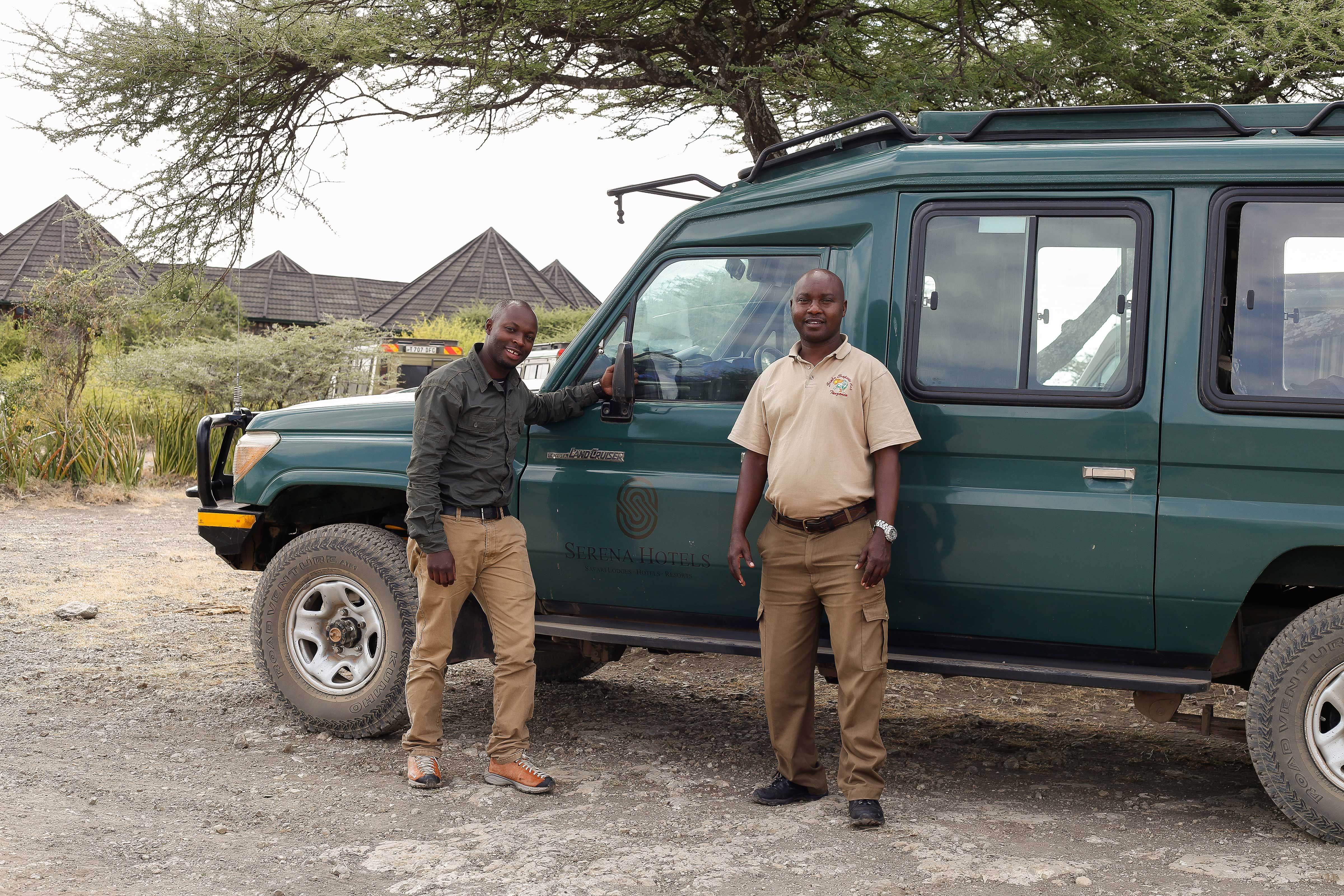
Our guides Joseph and Hassan
But I must say that your driver/guide is such an important part of your safari experience. We were so lucky in having two amazing such persons who became our friends over the week. This trip honestly wouldn’t have turned out the way it did if it wasn’t for them. Their knowledge of every single species of animals and birds and their ability to spot them while navigating through a variety of often challenging terrain was impressive, to say the least. A big shout out to them!

Our last night in the Serengeti. A toast to the most fabulous holiday!
“There’s far too much to take in here
More to find than can ever be found
But the sun rolling high
Through the sapphire sky
Keeps great and small on the endless round”
The song “Circle of Life” by Elton John and Tim Rice Disney’s “The Lion King”, describes this country in the best way possible. It is an experience unlike any other and one that ought to be on everyone’s bucket list.

Grumeti Airstrip in Serengeti National Park
On the seventh morning, we took off from this little airstrip in this little airplane that seats 12 passengers and two pilots and headed back to Arusha. The initial nervousness soon gave way to the magnificent views of the Serengeti below and the thrill of flying past Mount Kilimanjaro. The magic still lingers and the memories will endure.
Things to know before traveling to Tanzania
Best time to visit
The best times to visit the national parks are from January into February or from June through October, or around the movement of The Great Wildebeest Migration. Temperatures remain relatively constant with daytime highs resting between 25 to 30 degrees Celsius. You’ll find cooler weather in the Ngorongoro Conservation Area due to its higher elevation. March, April, and May see the most rainfall. We went at the tail end of May (slightly off-peak season) where most of the rainy weather is over. Prices are slightly lower and the tourists are fewer. Apart from the threatening clouds, it was perfect weather the whole time we were there!
Visa requirements
Most nationalities can obtain a visa on arrival. You need to have a passport valid for at least 6 months and two to three empty pages for the stamp/visa. You will be required to fill up a form at the airport, pay 50 USD per visa (American passport holders pay 100 USD per visa) and present your passport at immigration for the required procedure. It is all quite simple. If you have any doubts, call your nearest embassy/consulate for more information.
Vaccinations and health precautions
Yellow fever shots especially if you are going for a safari is recommended and it needs to done at least ten days prior to travel. Upon disembarking the airplane, passengers were randomly asked for the card before entering the airport. You could get by but you don’t want to get asked for it and not have it on you. Carry enough mosquito and bug repellent with you as well.
Currency
The national currency is Tanzanian Shilling, however, US dollars is accepted everywhere. You will, however, end up paying more in dollars than you would in shillings. So best to convert some and keep on hand. If you are coming to Tanzania just for the safari, most of your expenses would have already been paid for in advance. You would need money on you for shopping, tips, and extra incidentals. Major credit cards are also accepted at hotels without any extra charge.
What to wear
Carry light and airy clothing as it can get quite warm in Serengeti and Tarangire. Carry a couple of warm things for the Ngorongoro Crater and pre-dawn drives as it can get a bit chilly here (if you decide to do any).
Photography
Plenty of amazing photo opportunities in Tanzania. Regular/professional cameras are all allowed. But flying a drone over the national parks is a strict NO. You could probably bring it quite easily into the country, but if you are caught flying it, you can get into serious trouble with the park rangers and may have to pay a very hefty fine.
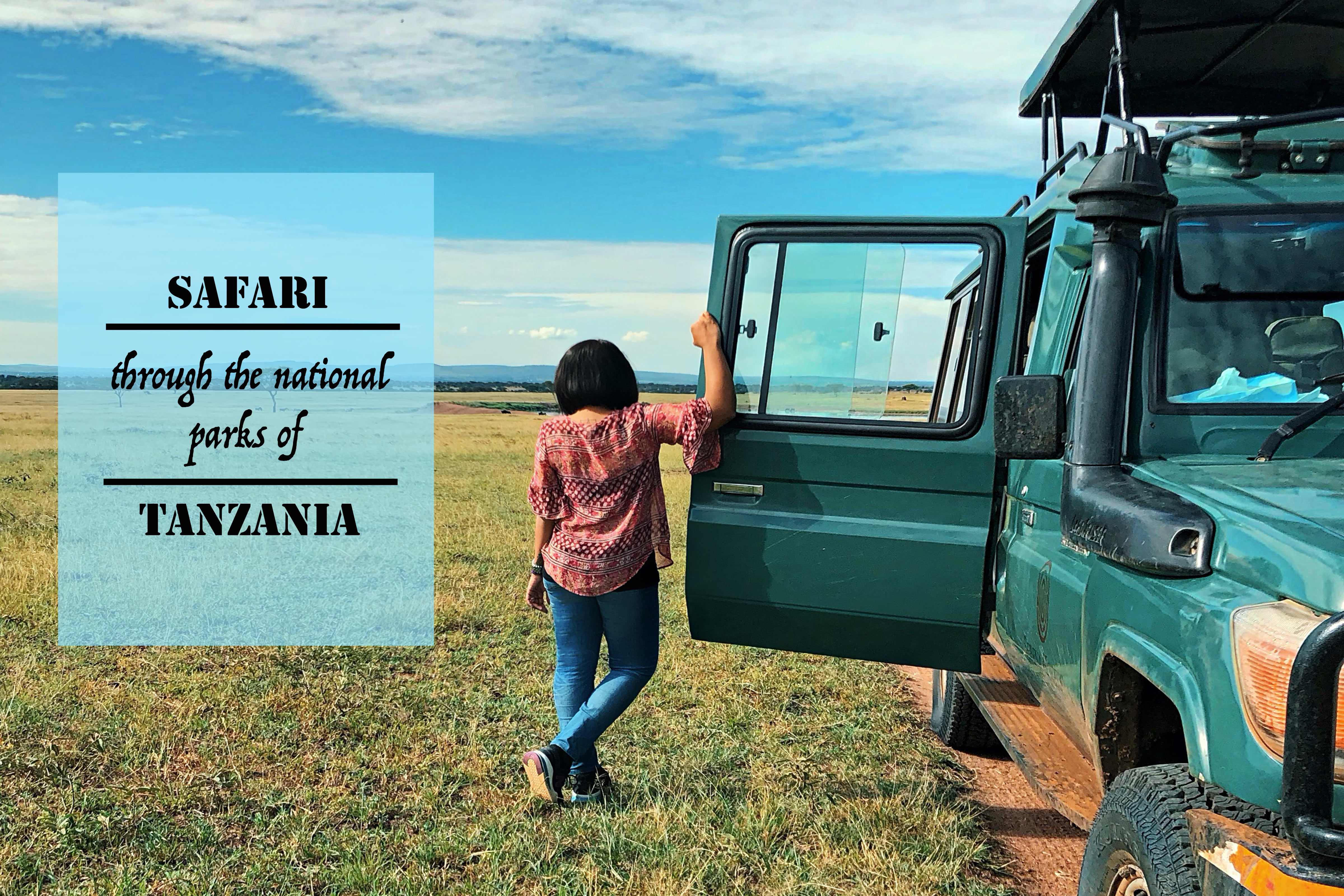
Hope that all the information was useful. If you have any questions, write them in the comment section below and I’d be more than happy to answer them!
Location: Tanzania (Tarangire National Park, Ngorongoro Crater, and The Serengeti National Park)
Cost: For 2 adults for this particular six-day itinerary and dates (full board) is approximately USD 4,500. This does not include the cost of flights to Tanzania, alcohol, shopping, tips or any other hotel expenses. Prices could vary depending on when you travel and your chosen itinerary.
Food: Breakfast and dinner are both served in the hotel (either buffet style or fixed menu). Lunch boxes are packed to go. If you have any dietary restrictions, the hotel will make the necessary arrangements. Meals are included in the costing.
Time of travel: We traveled from 26th May to 1st June
Weather: Warm in Tarangire and Serengeti with temperatures ranging between 25 to 30 deg C. Quite chilly in the Ngorongoro Crater with temperatures ranging between 10 to 15 deg C.
Getting to Tanzania: Plenty of flight options available to Tanzania. It all depends on your itinerary. We flew from Dubai to Mount Kilimanjaro airport via Nairobi on Kenya Airways.
Hotels: We stayed at the Serena Group of Hotels through this trip.


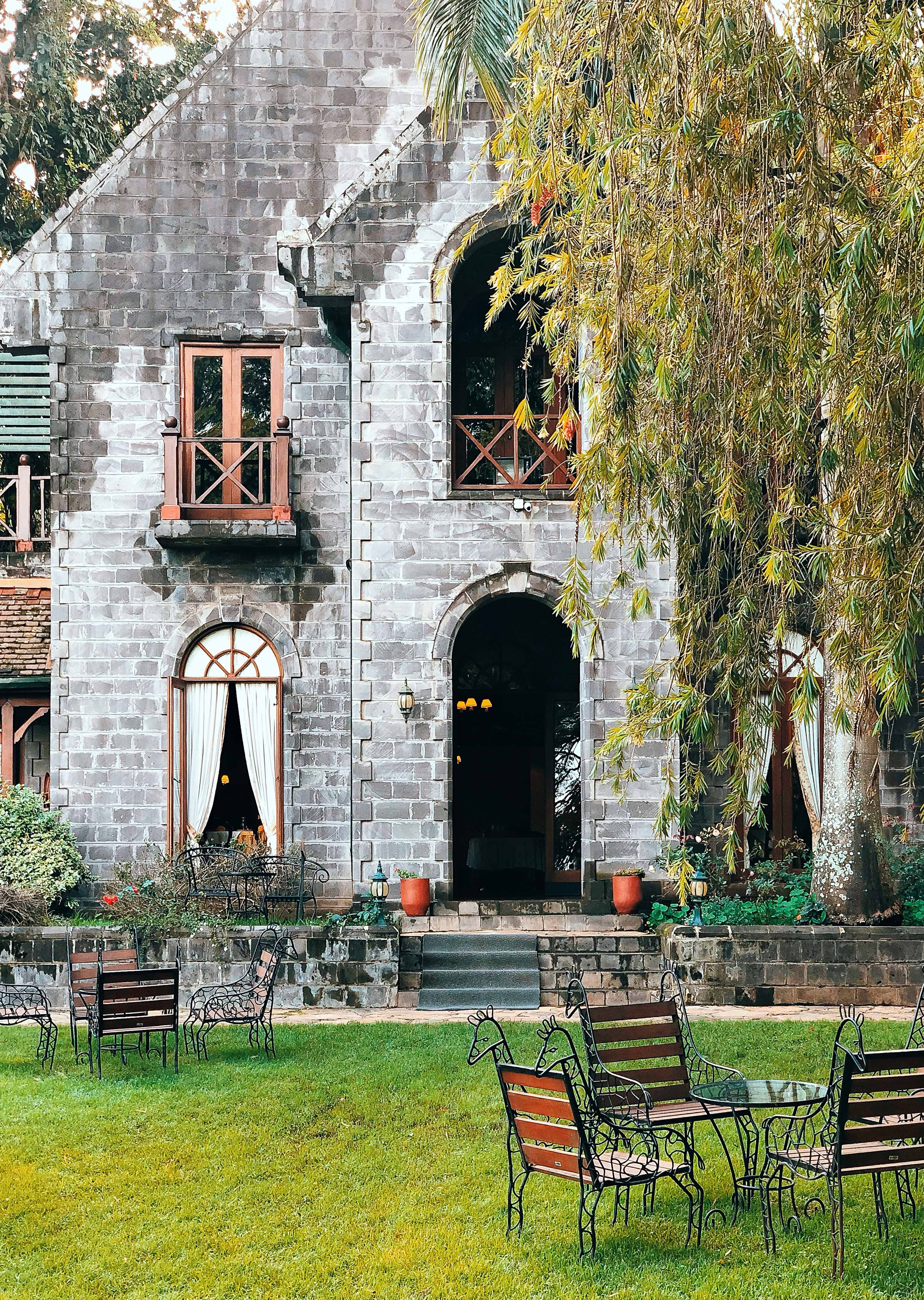
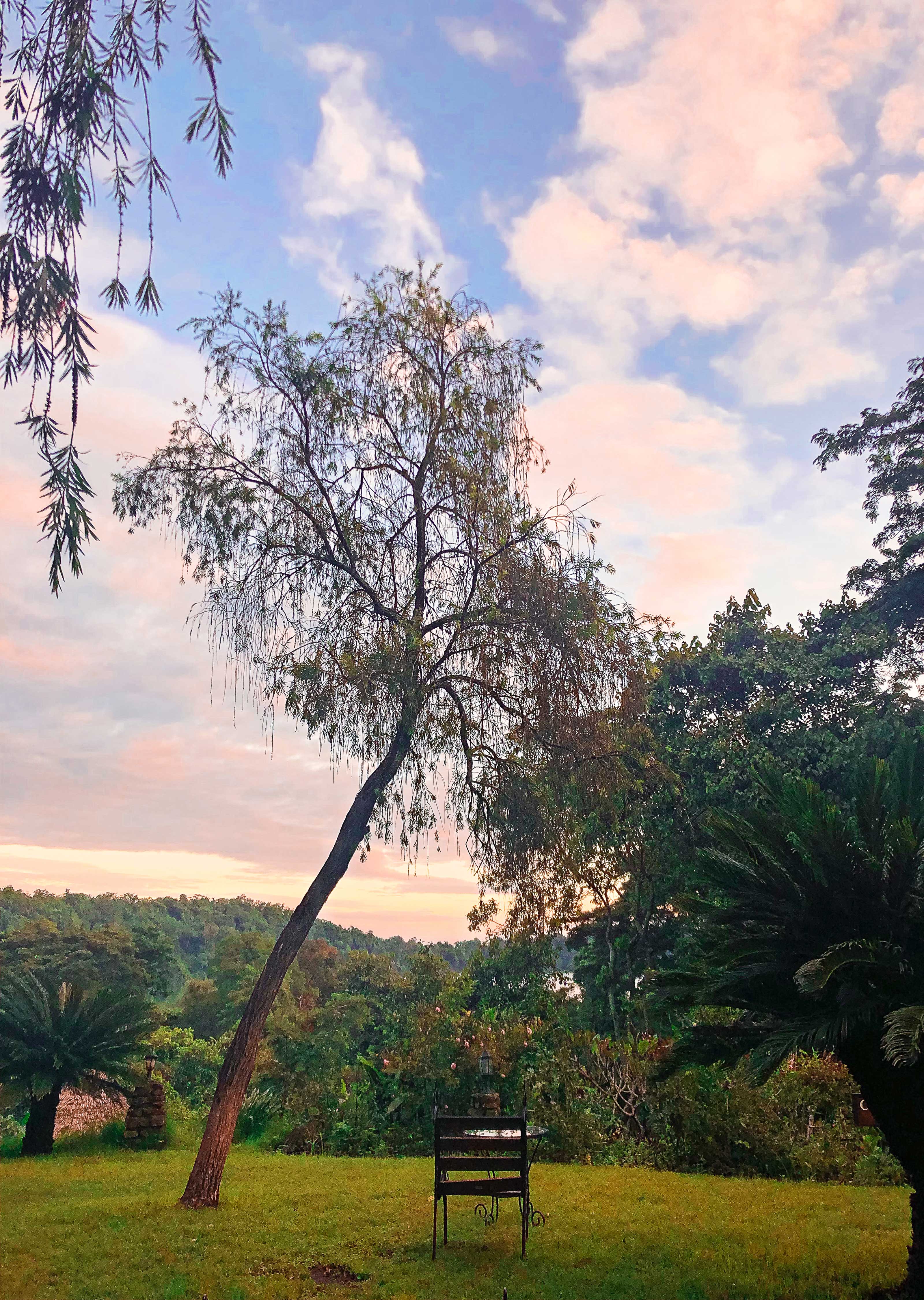
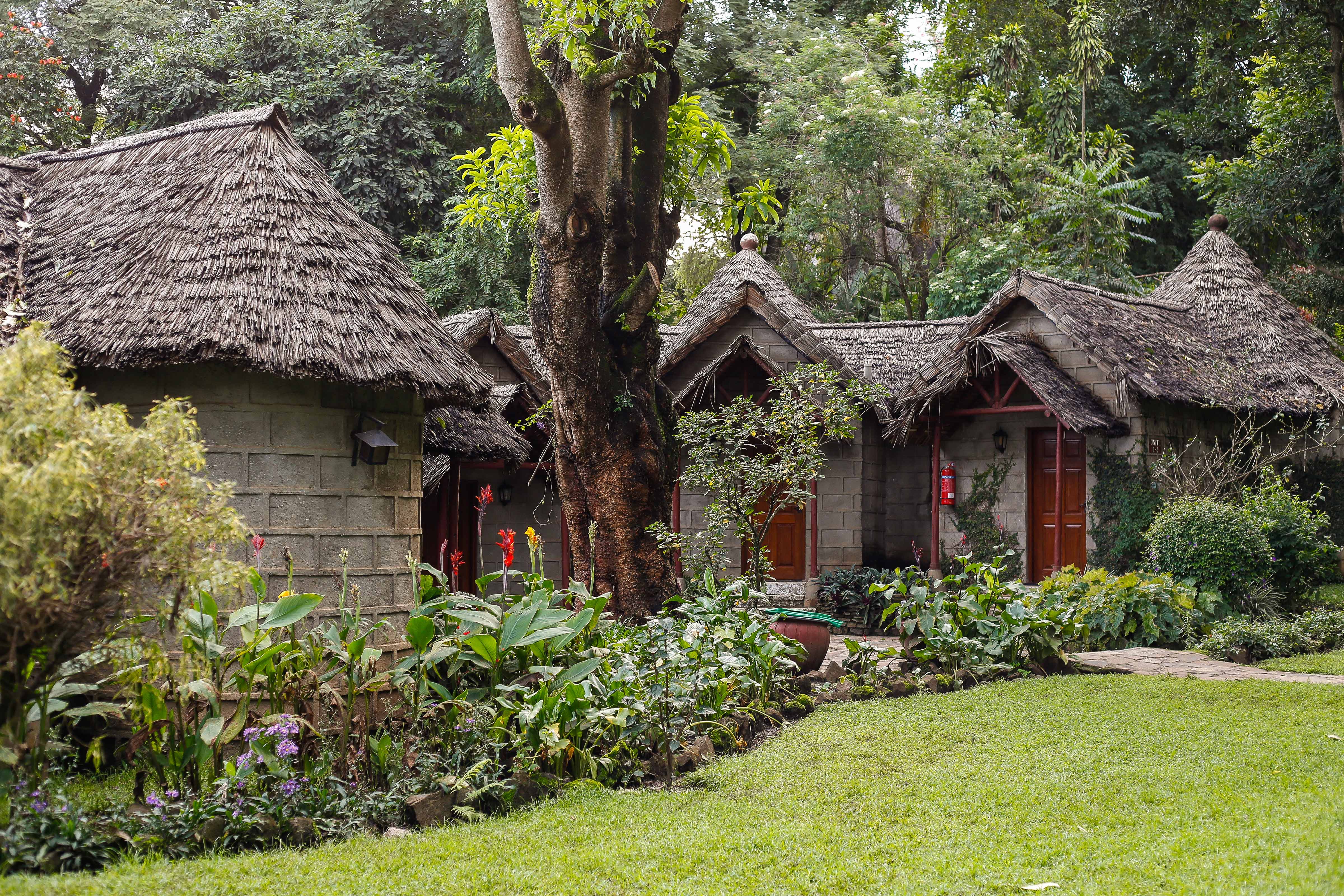
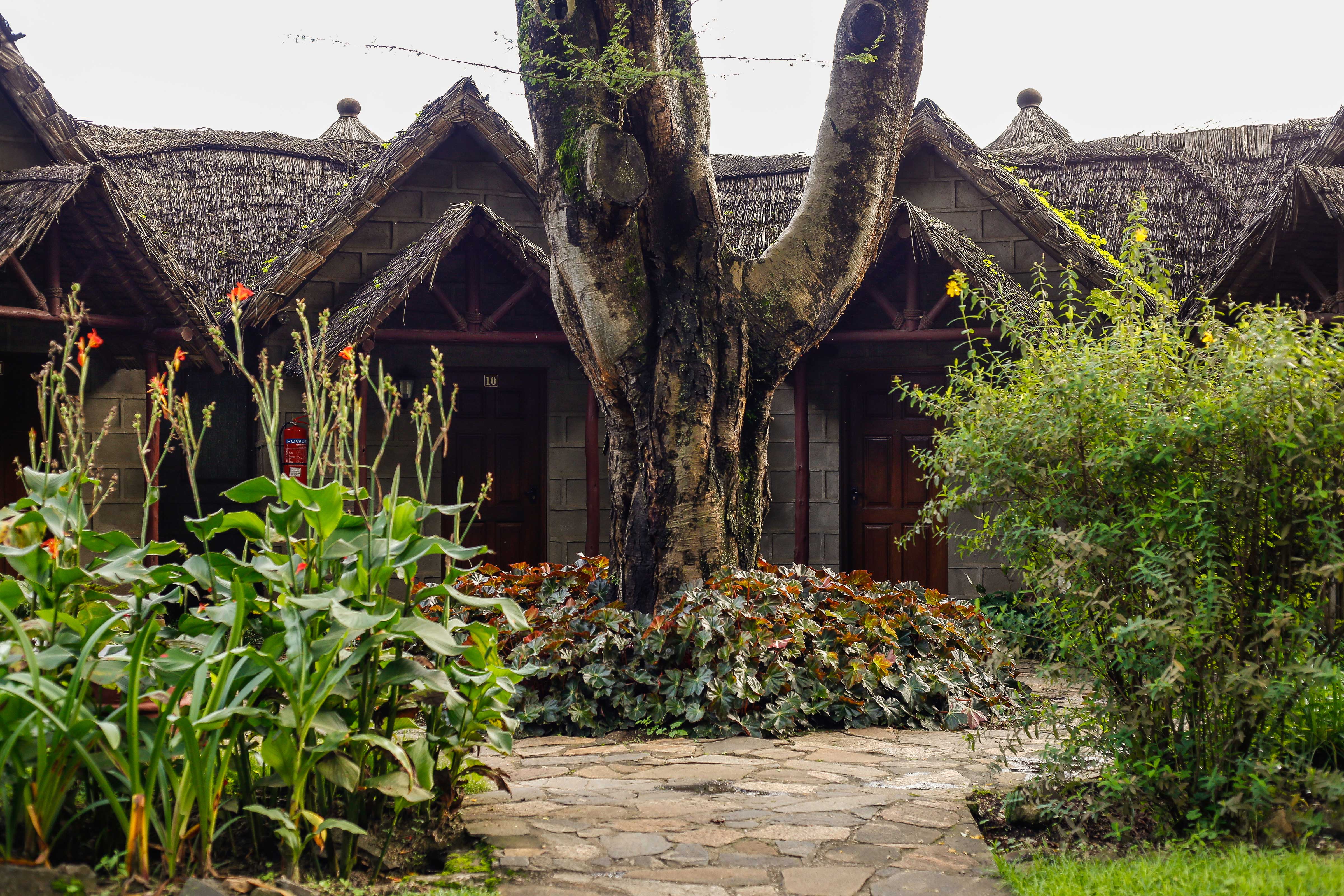
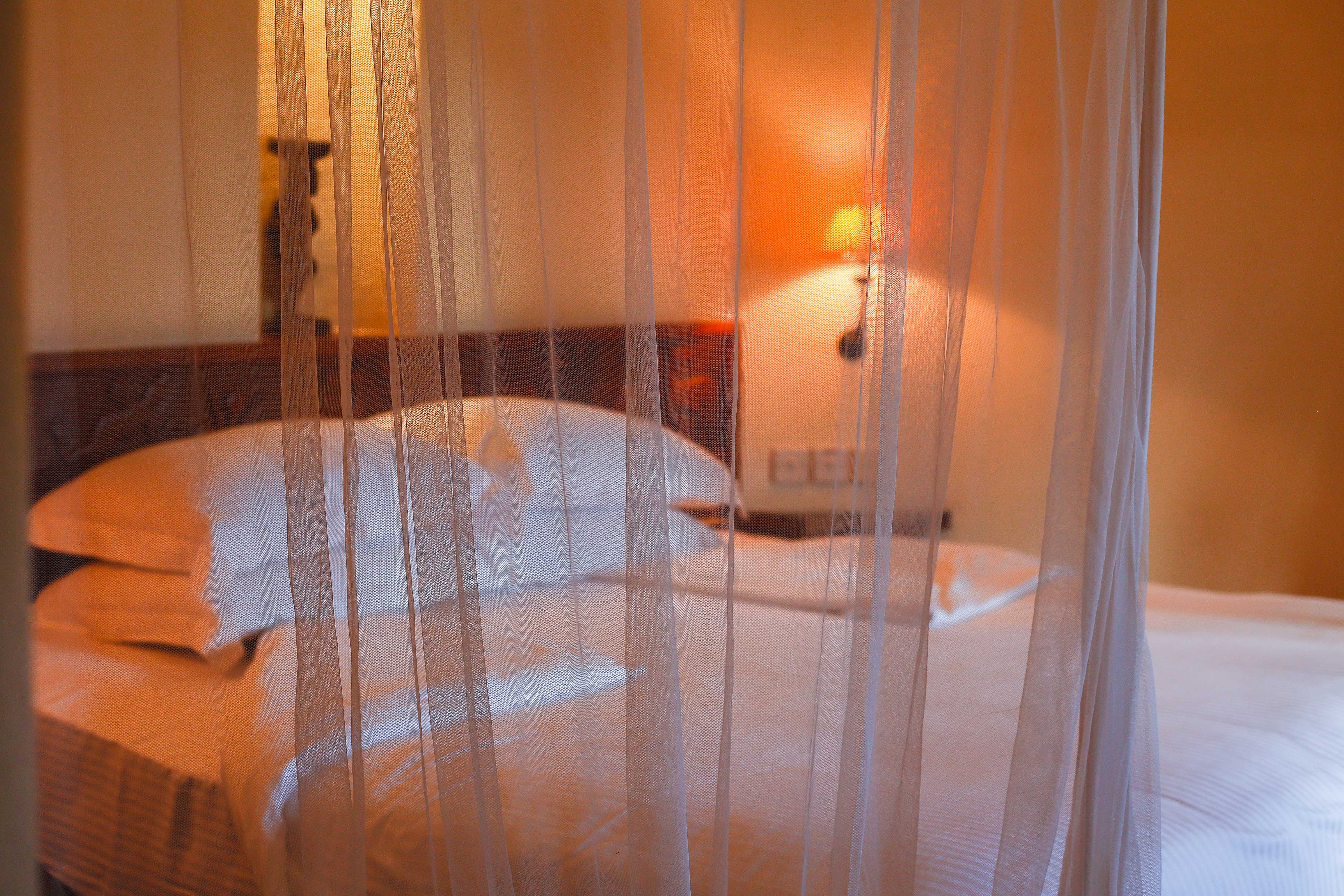
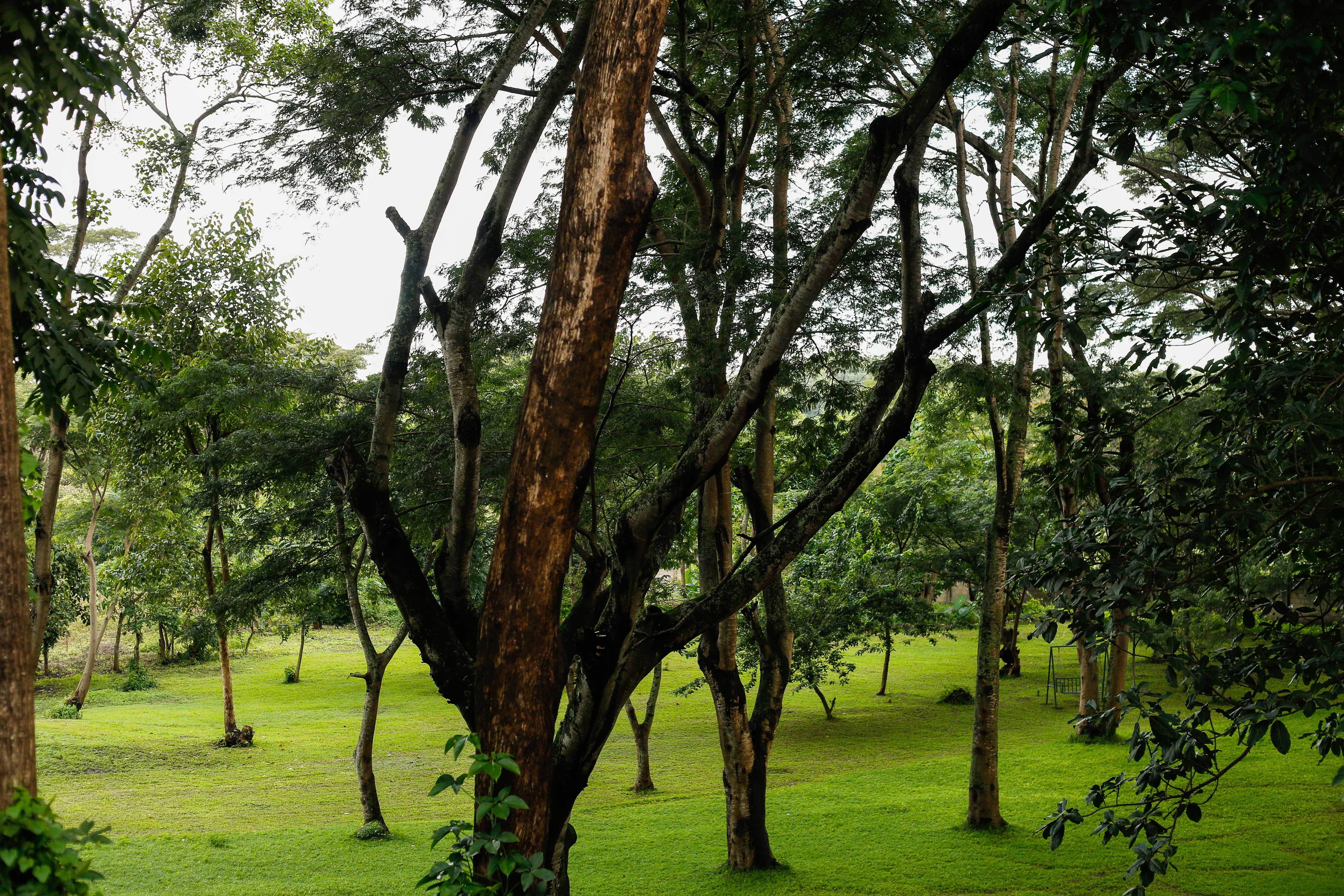

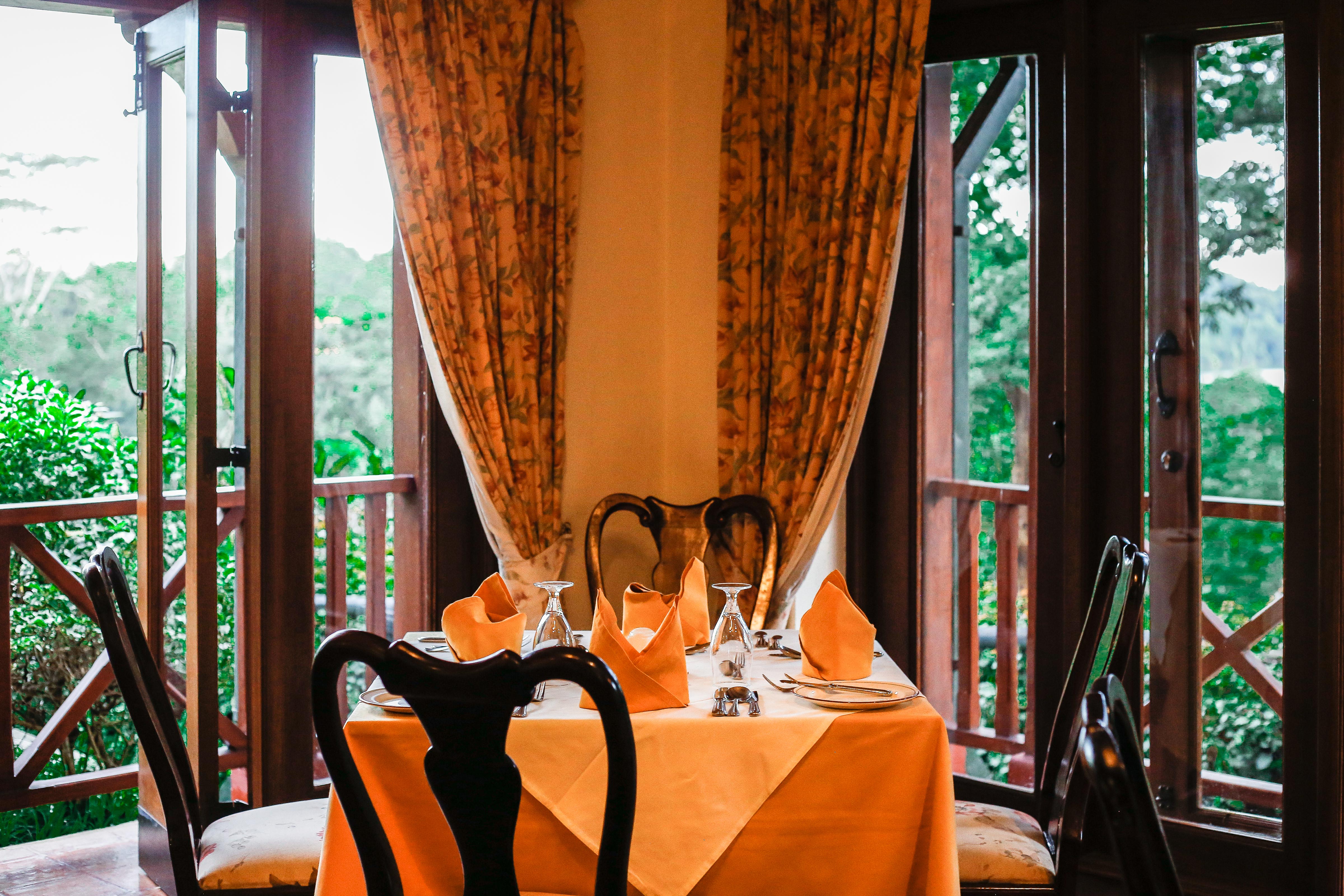
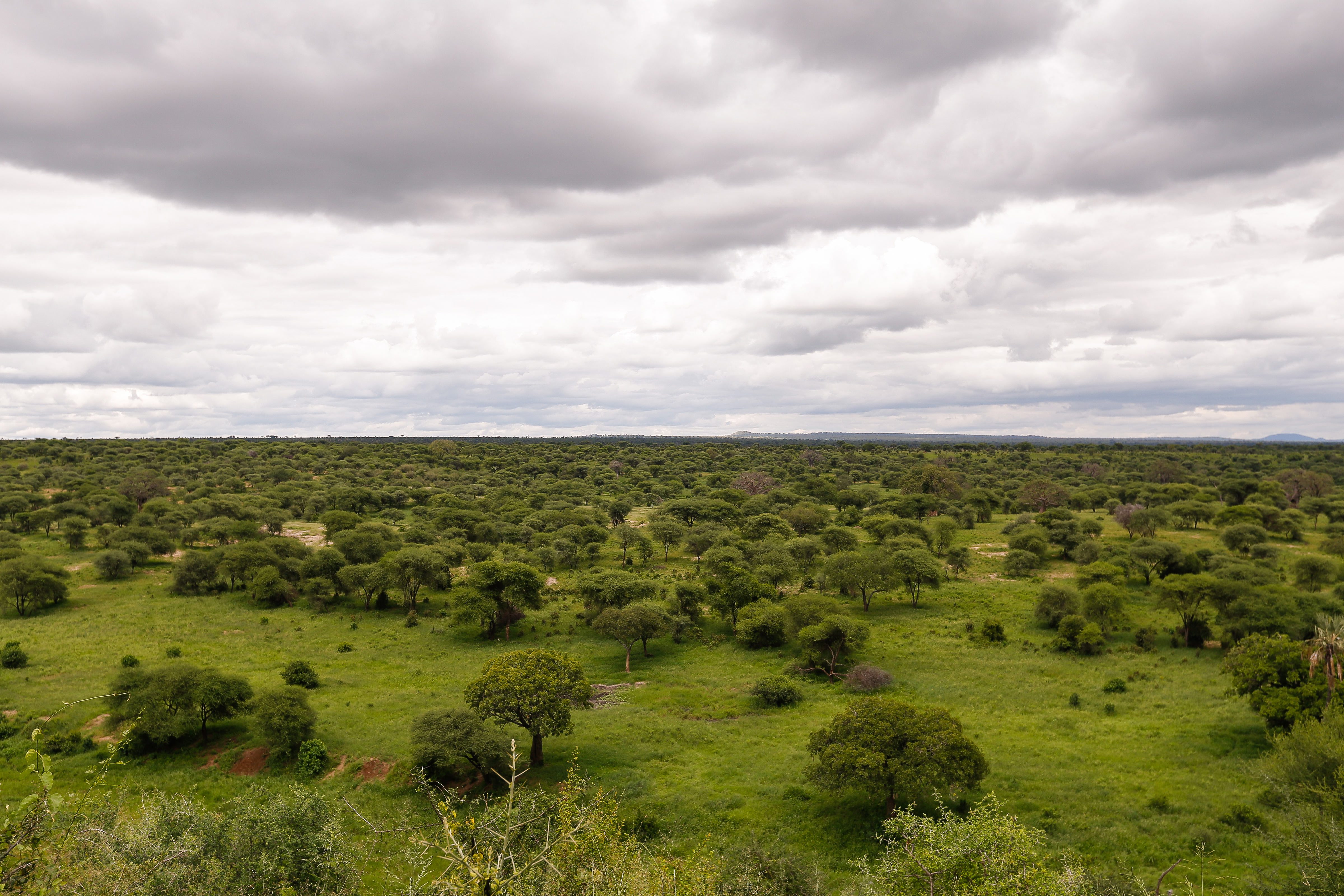
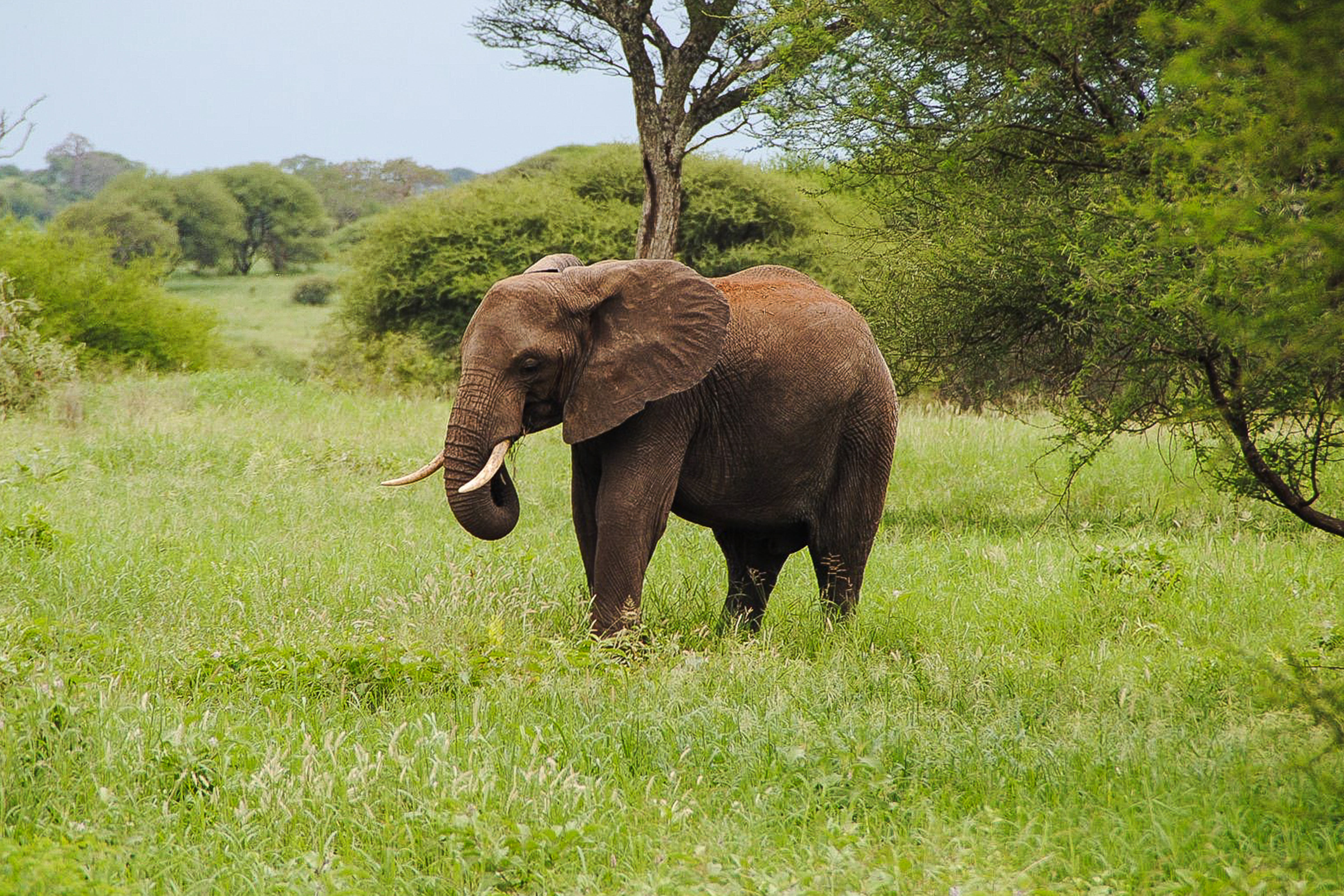


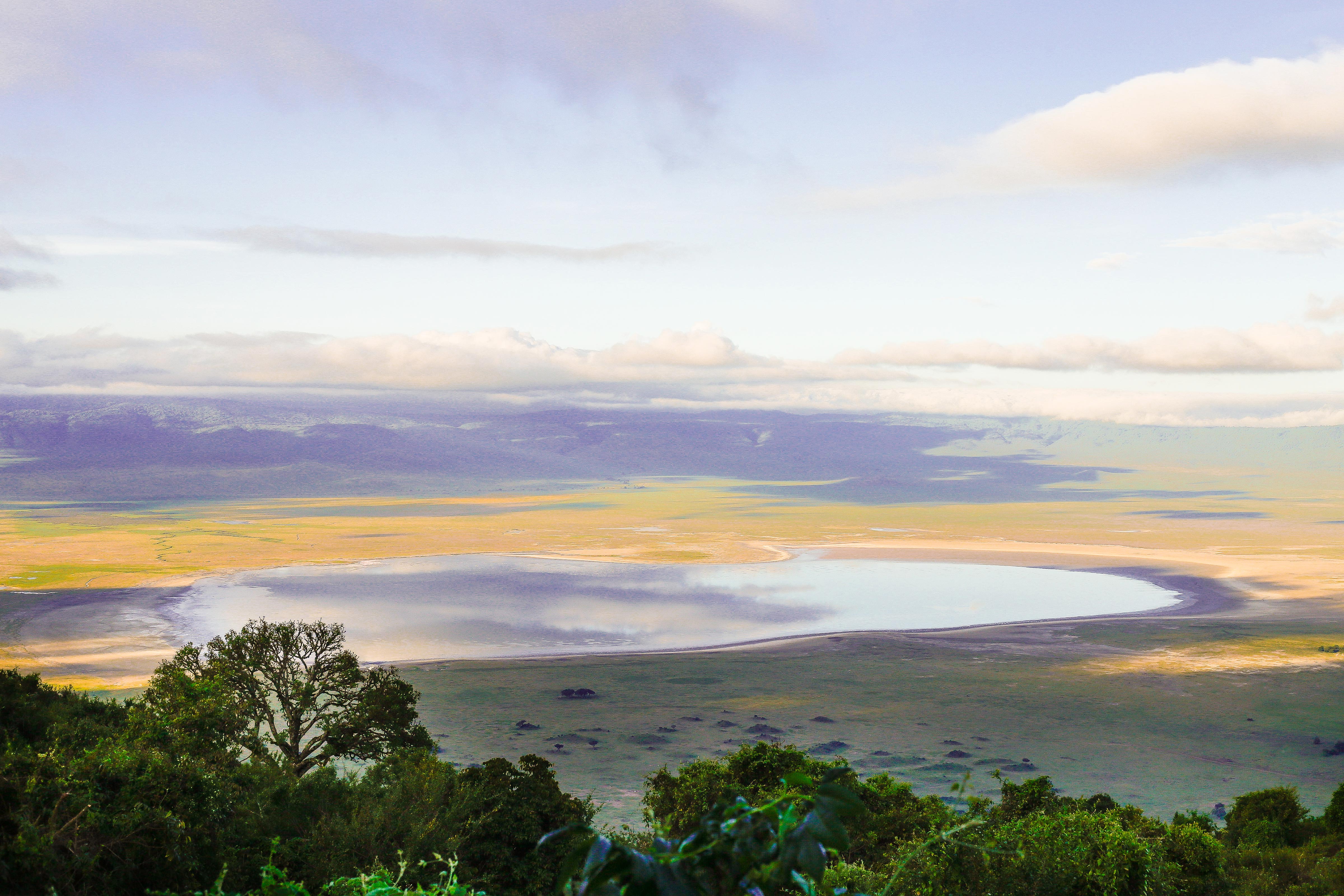
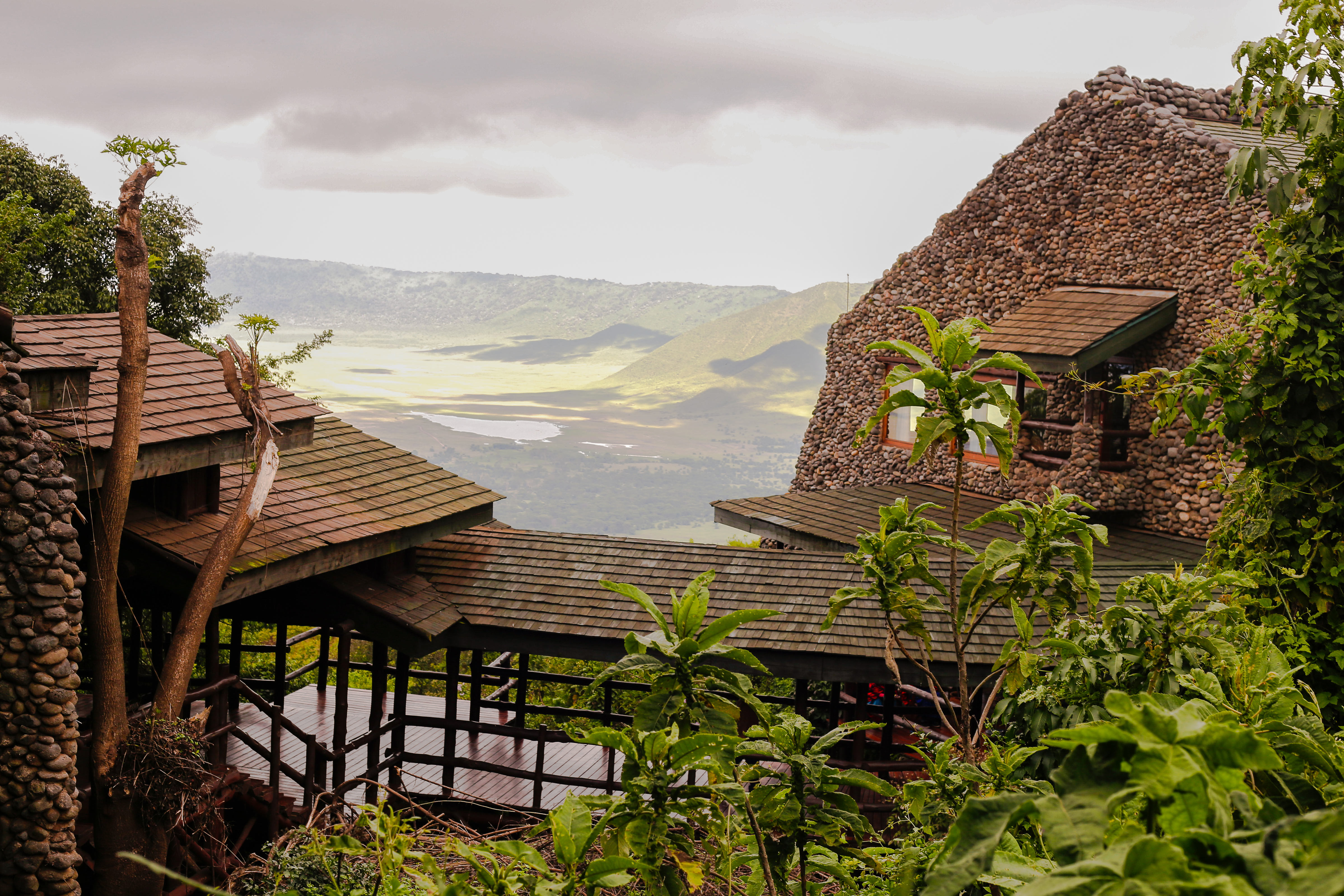
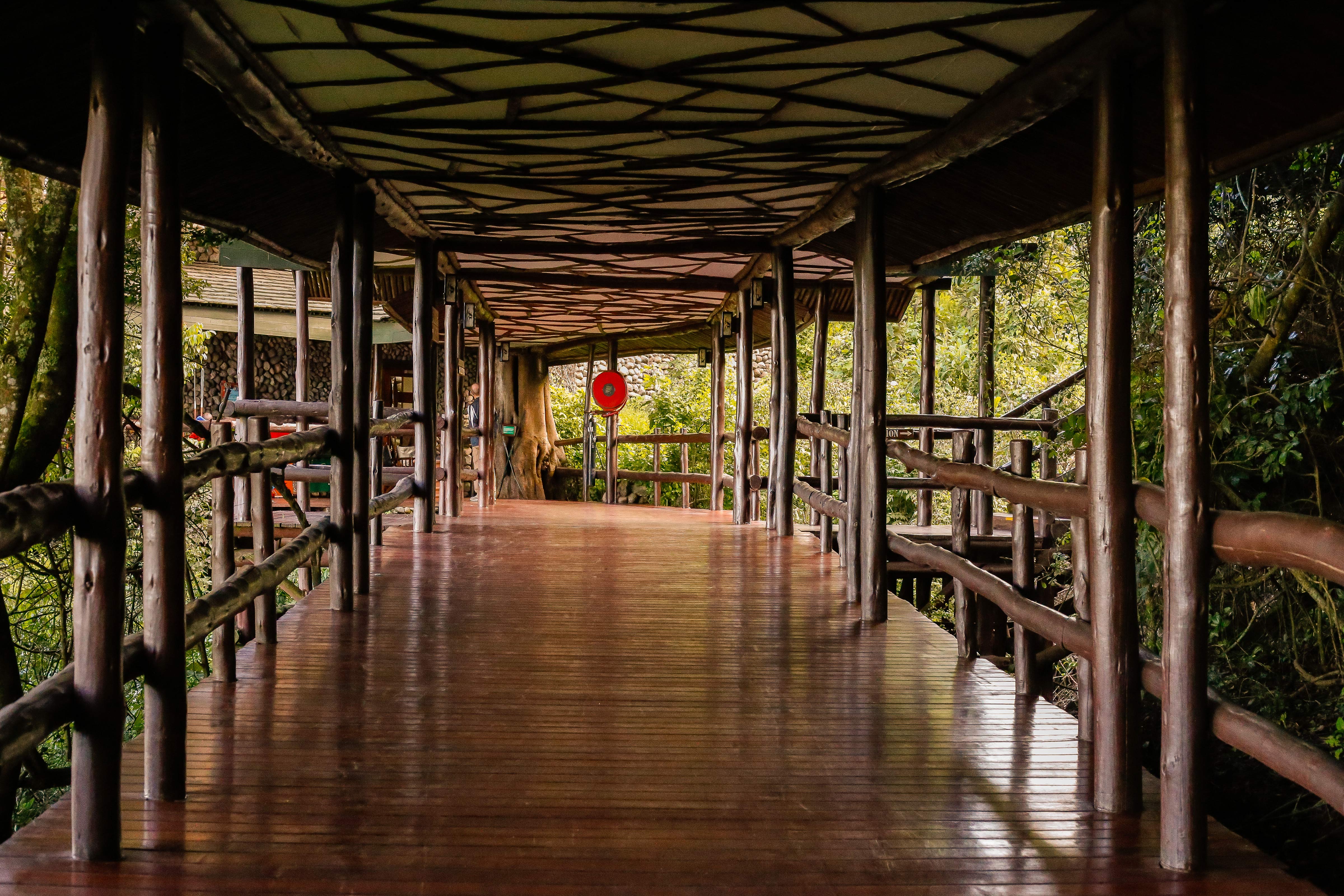
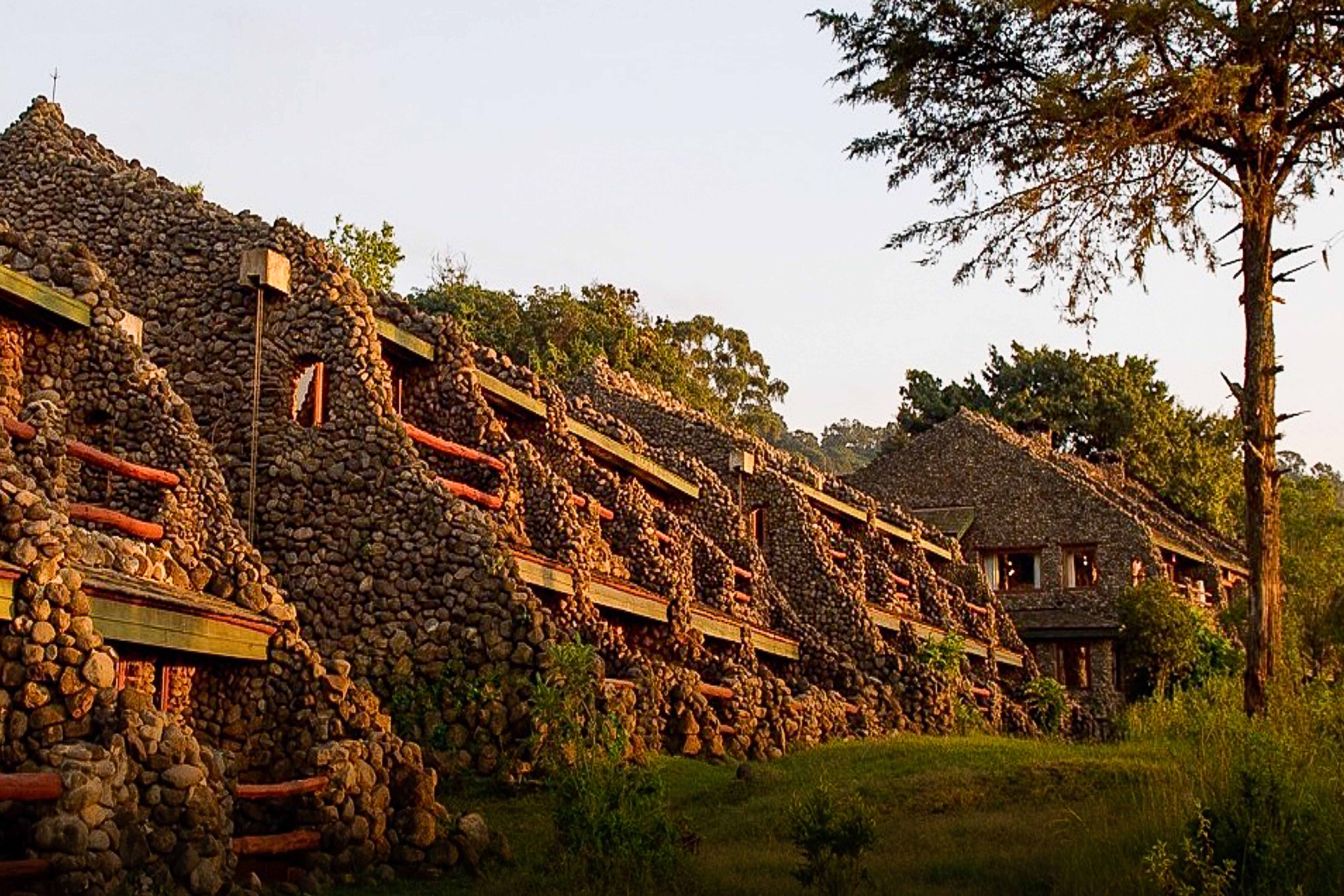
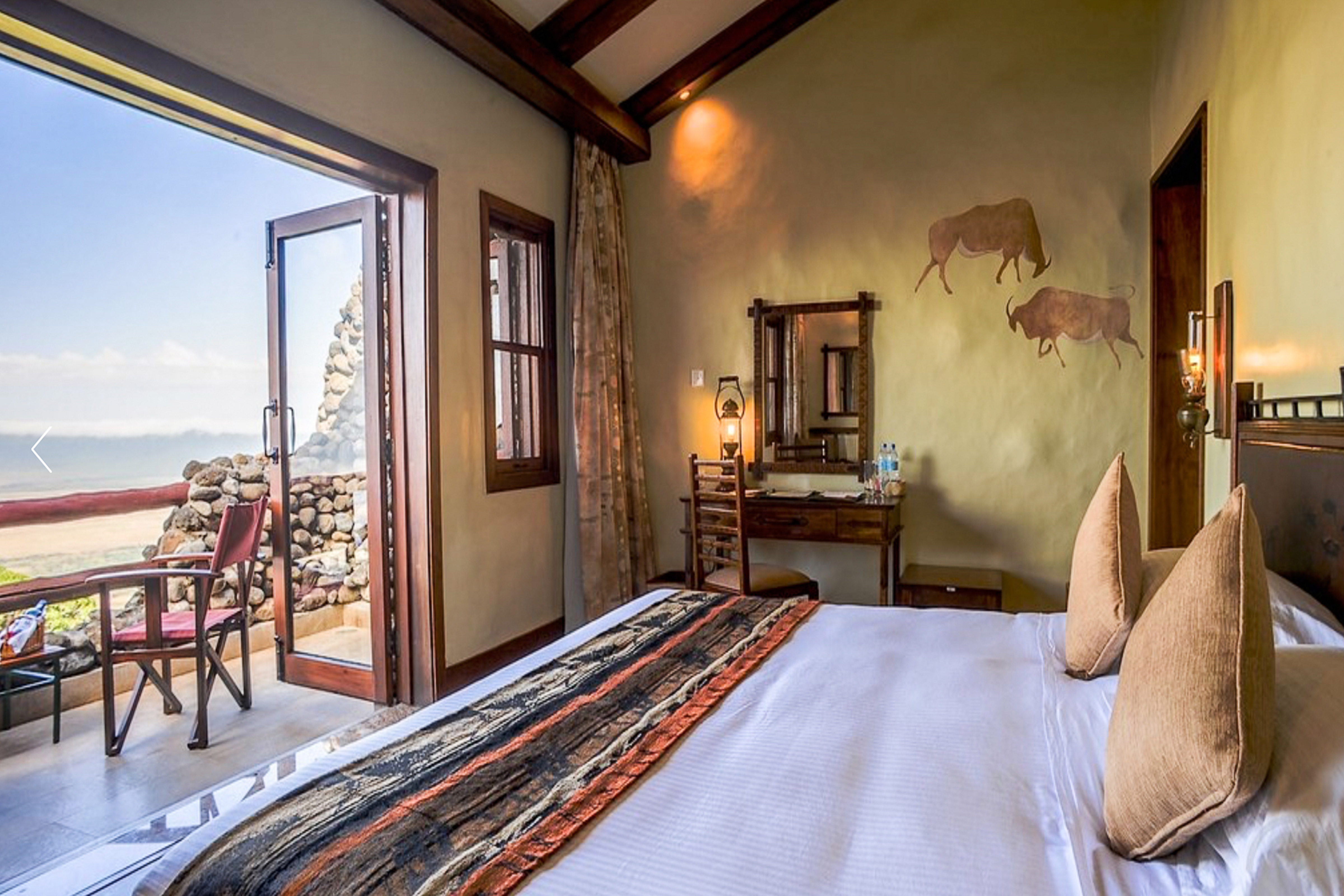
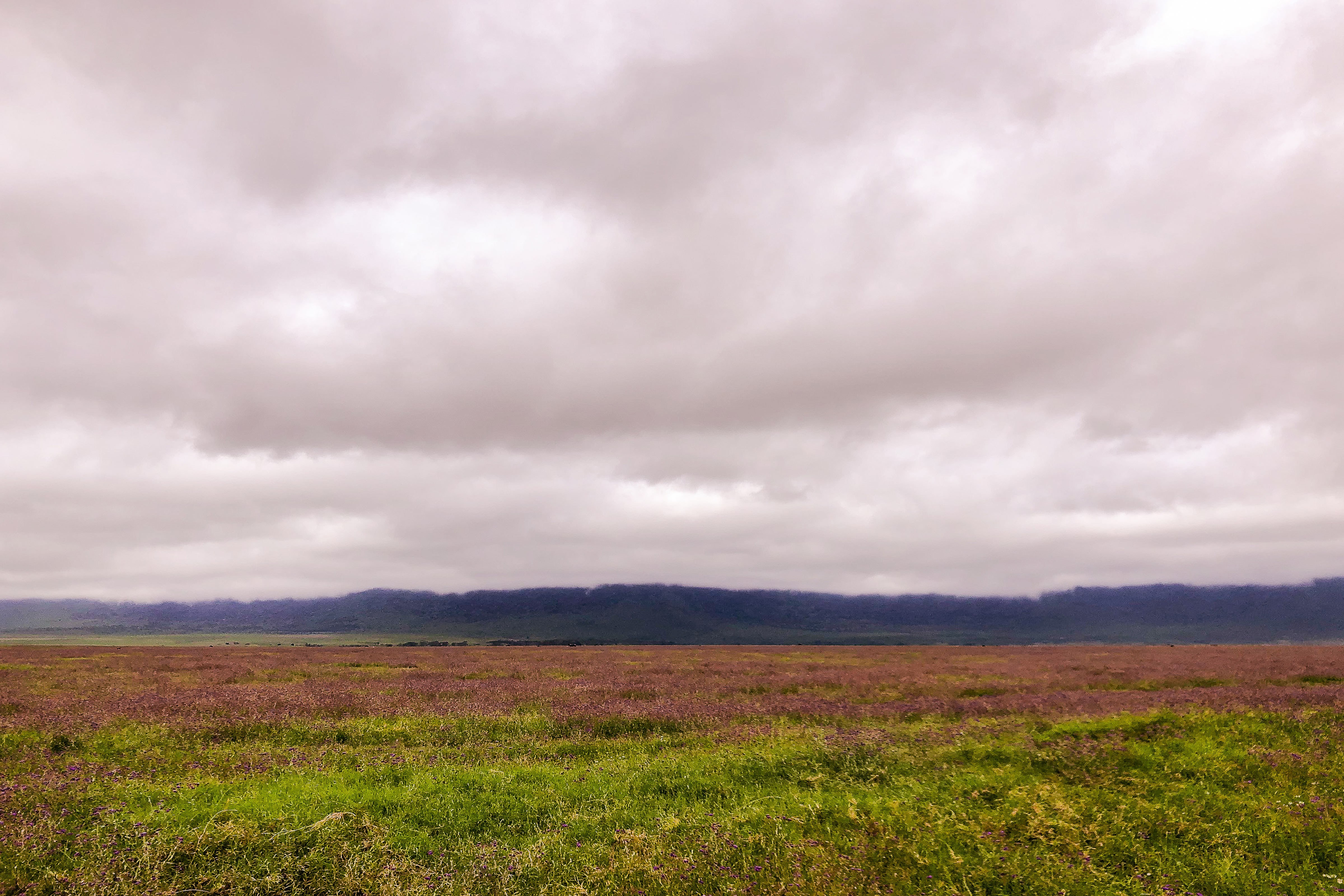

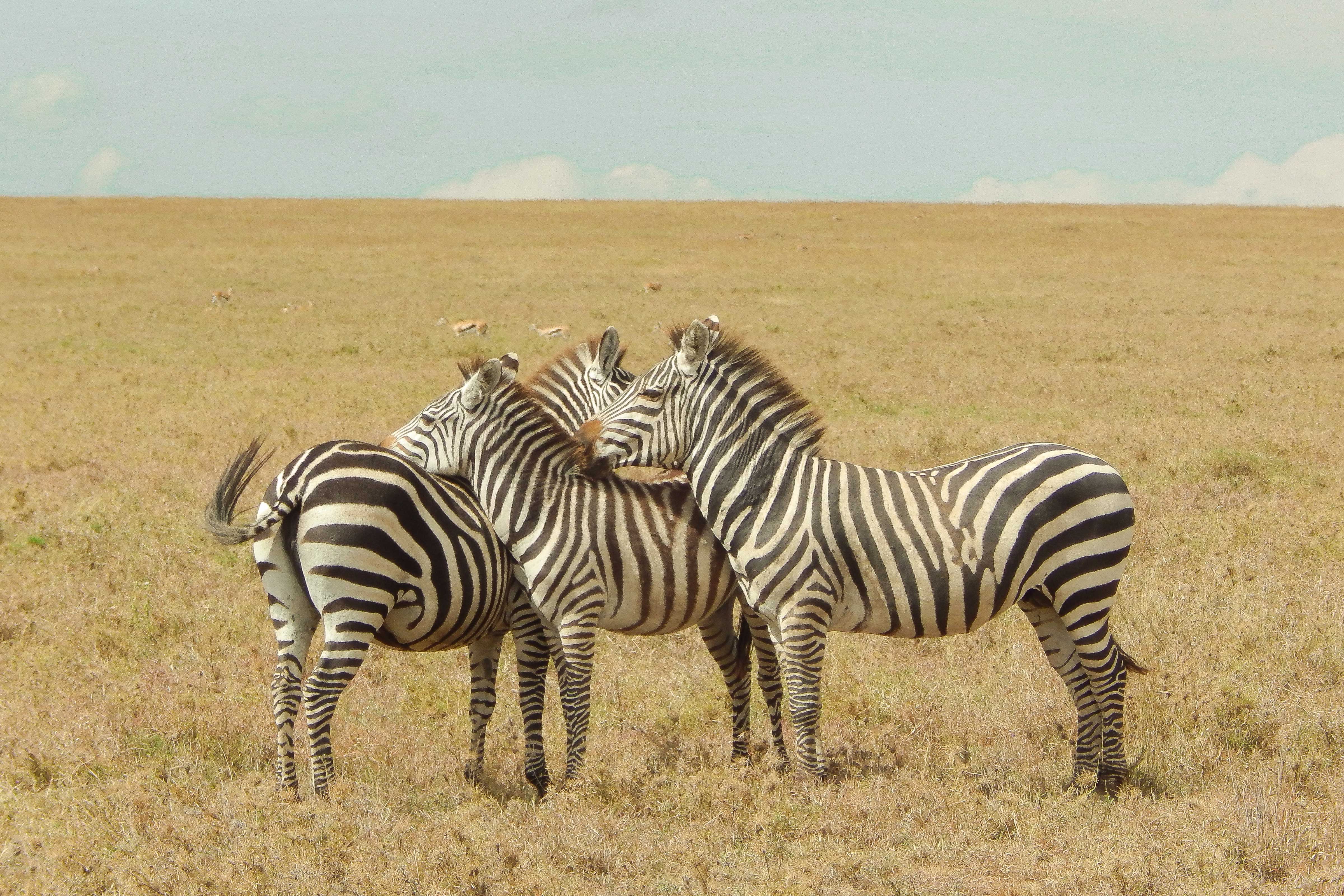
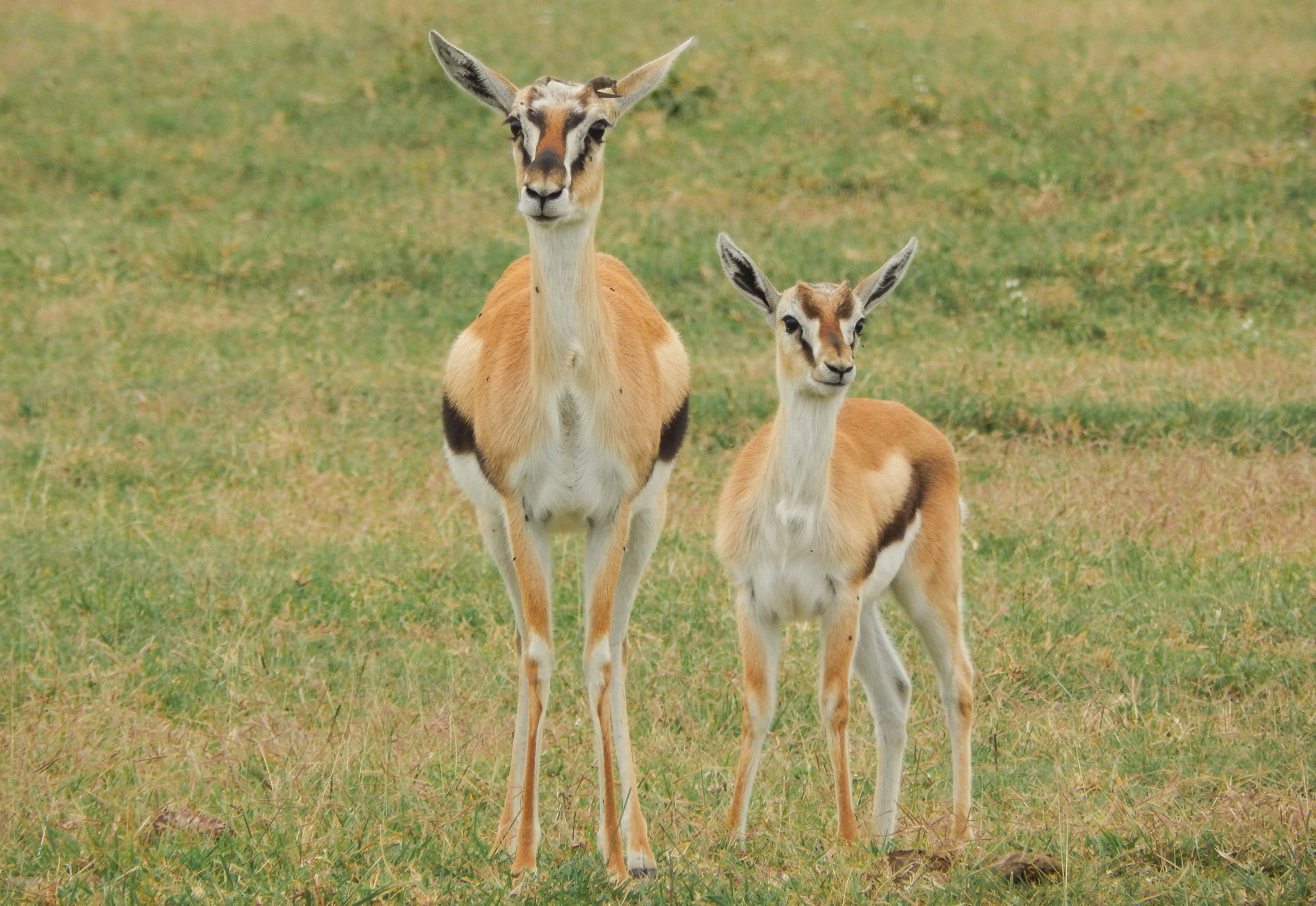



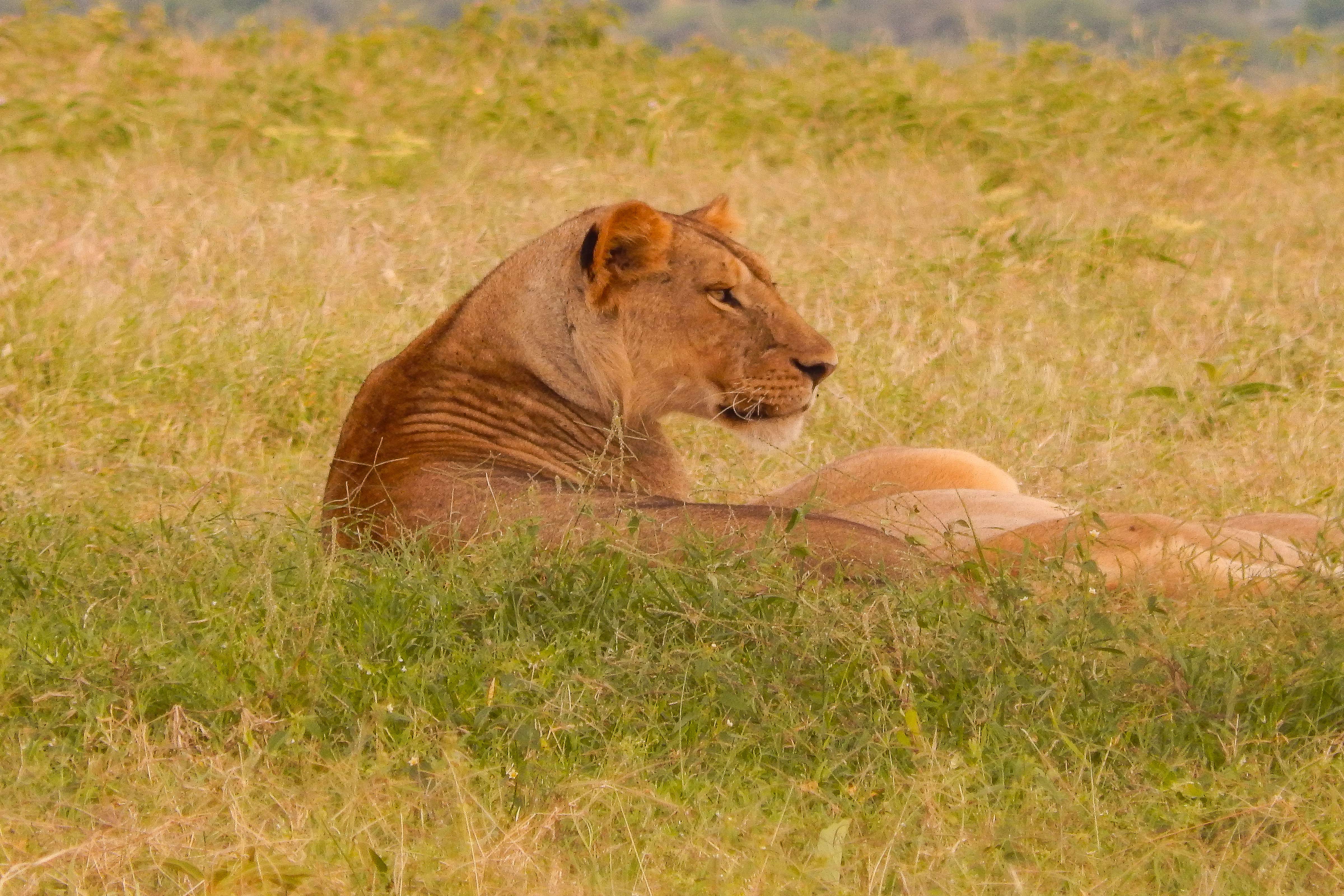
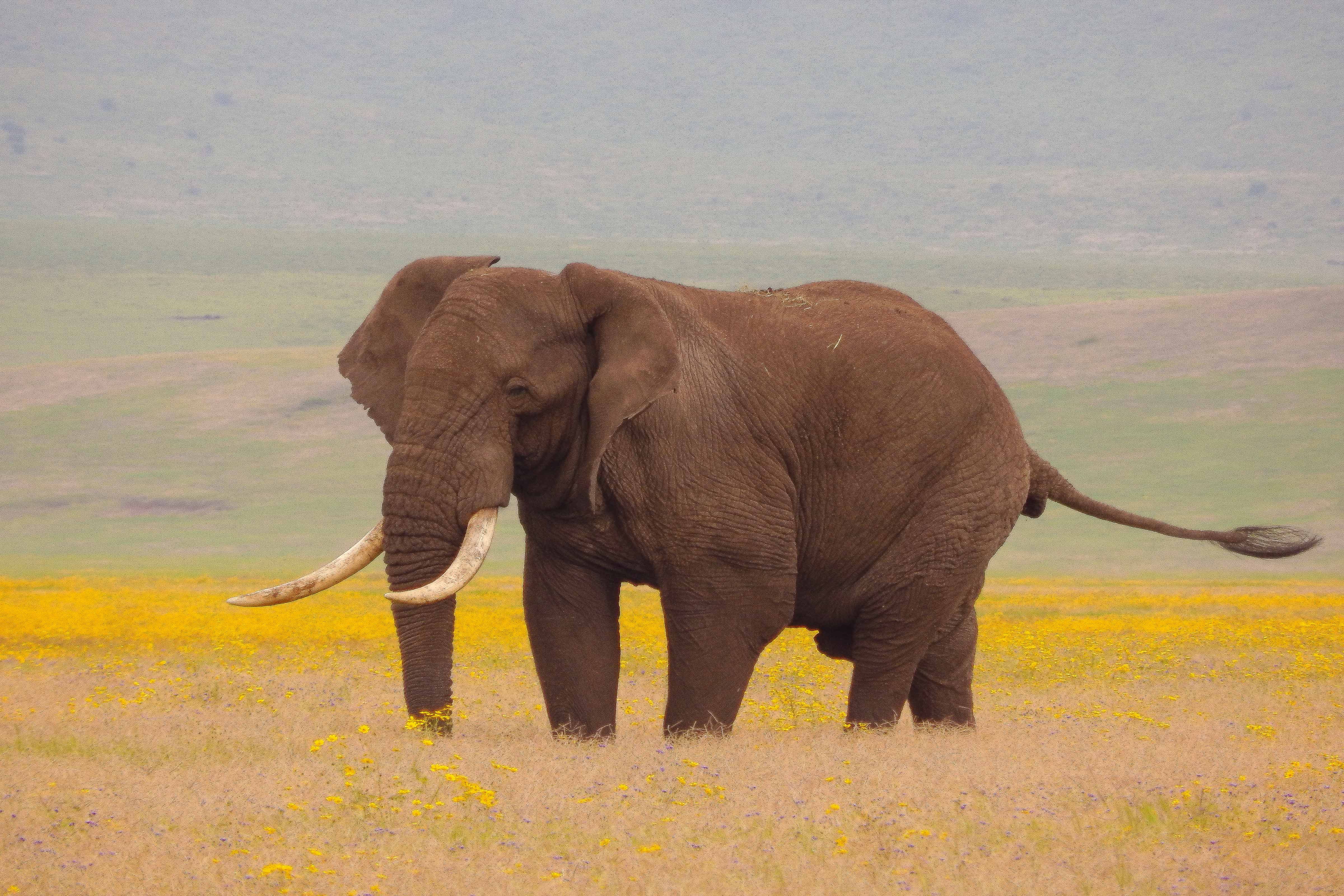
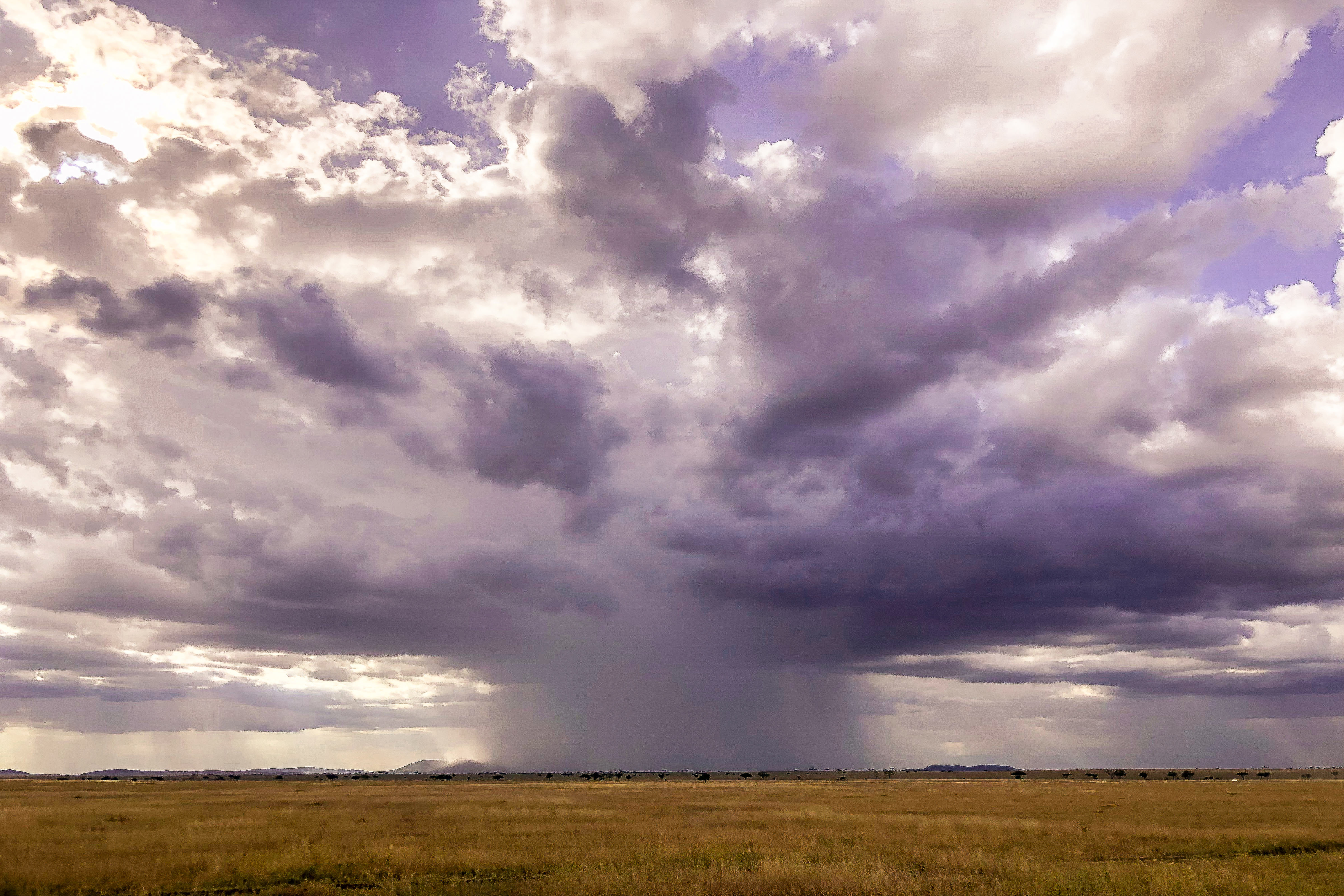

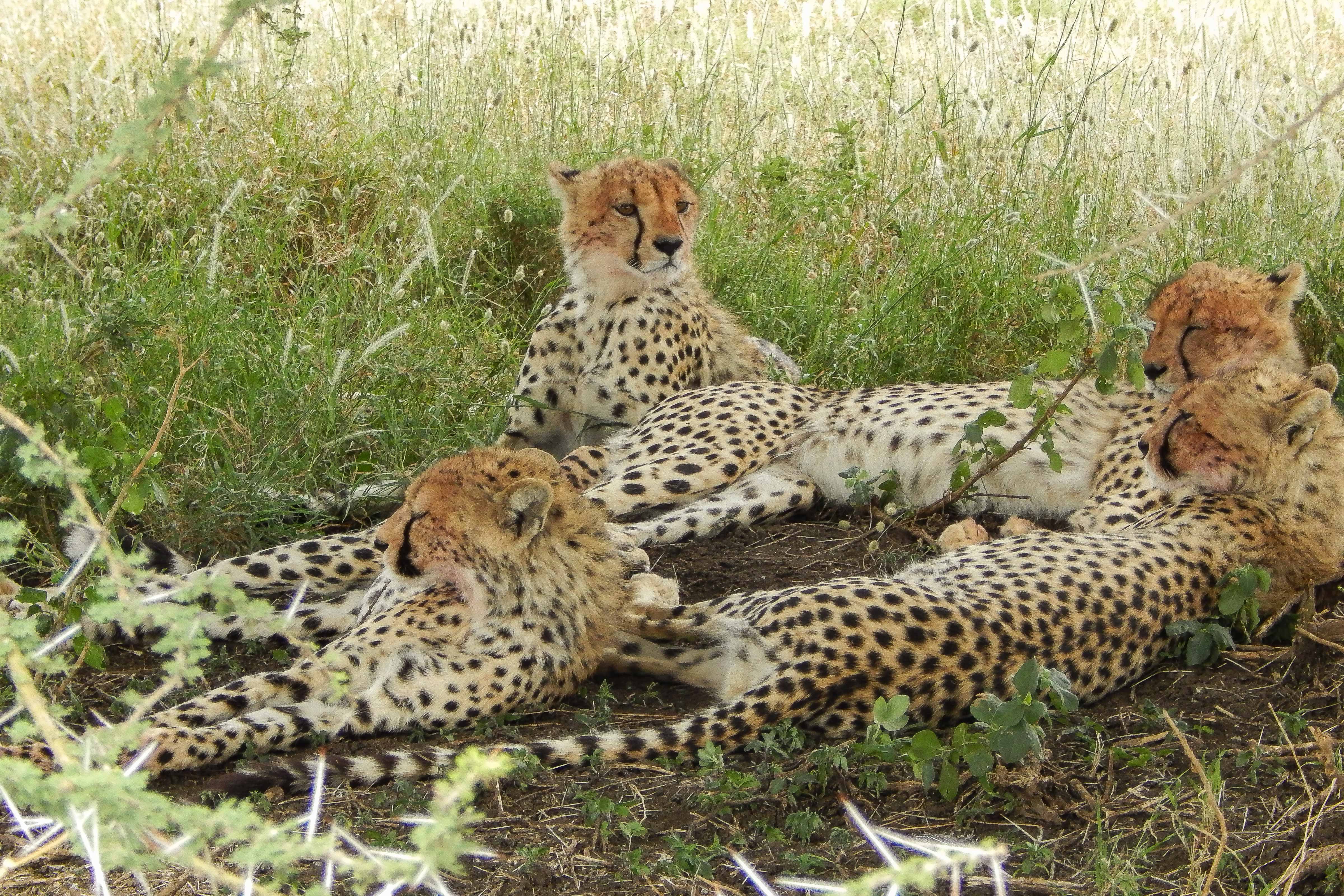
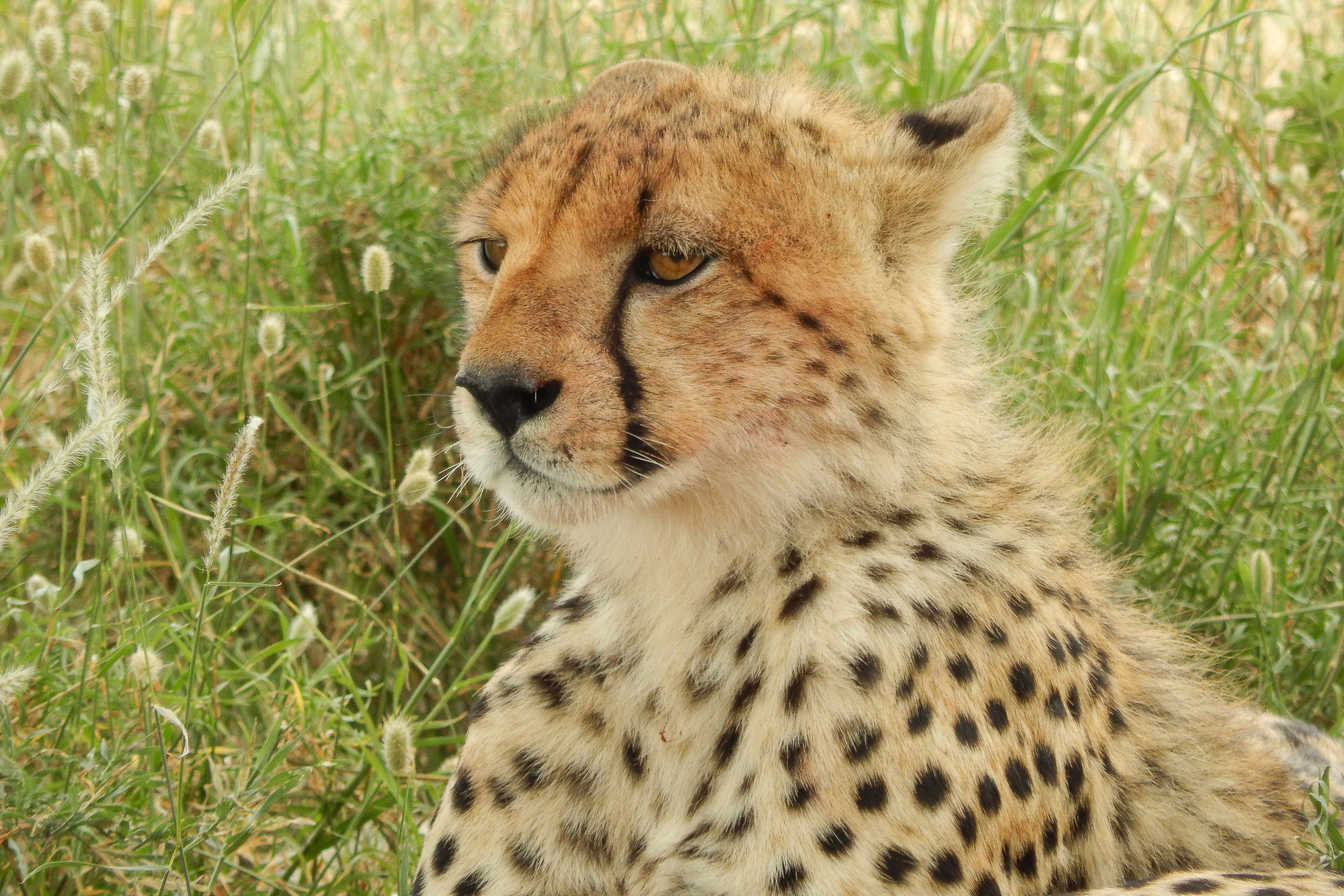


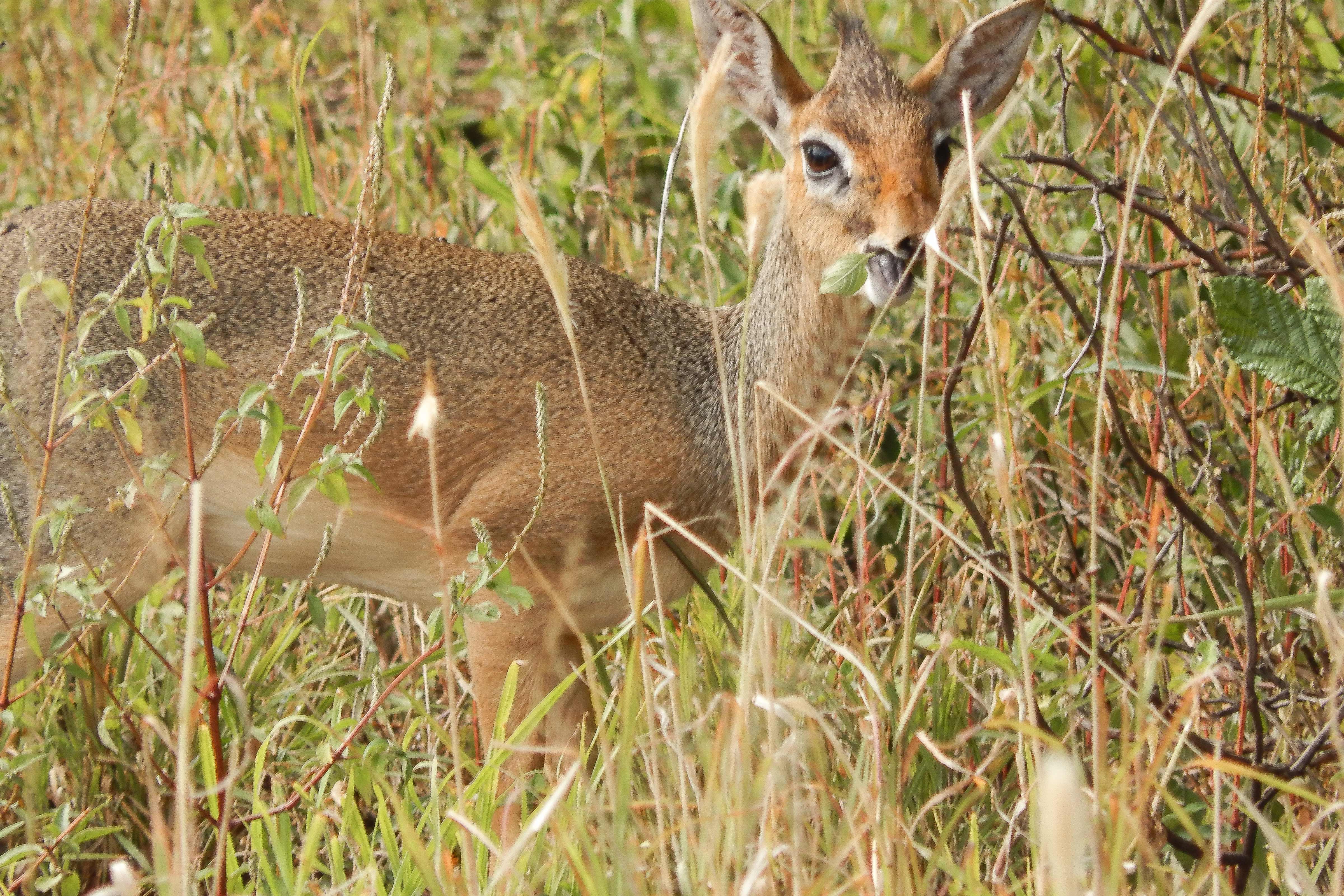
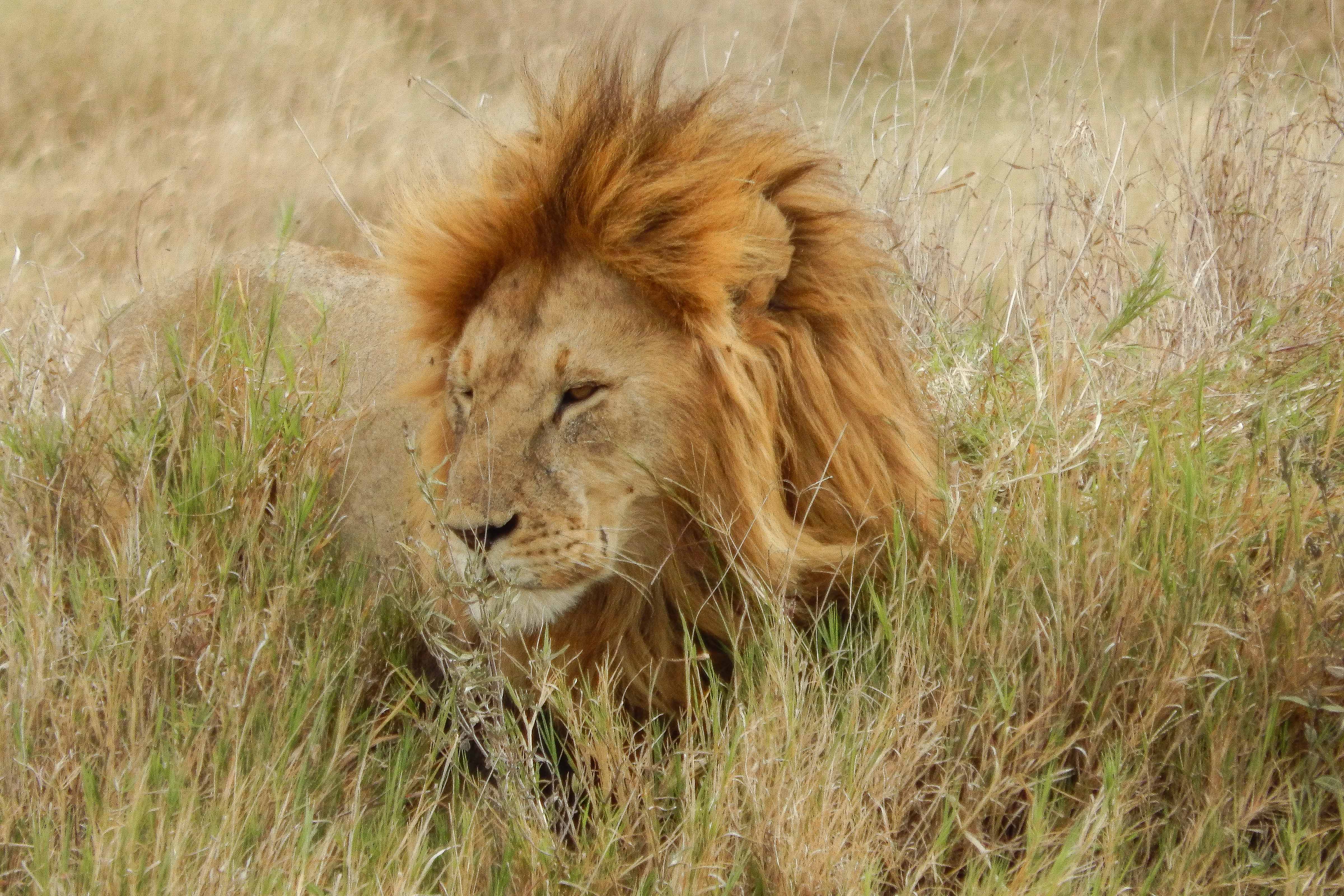
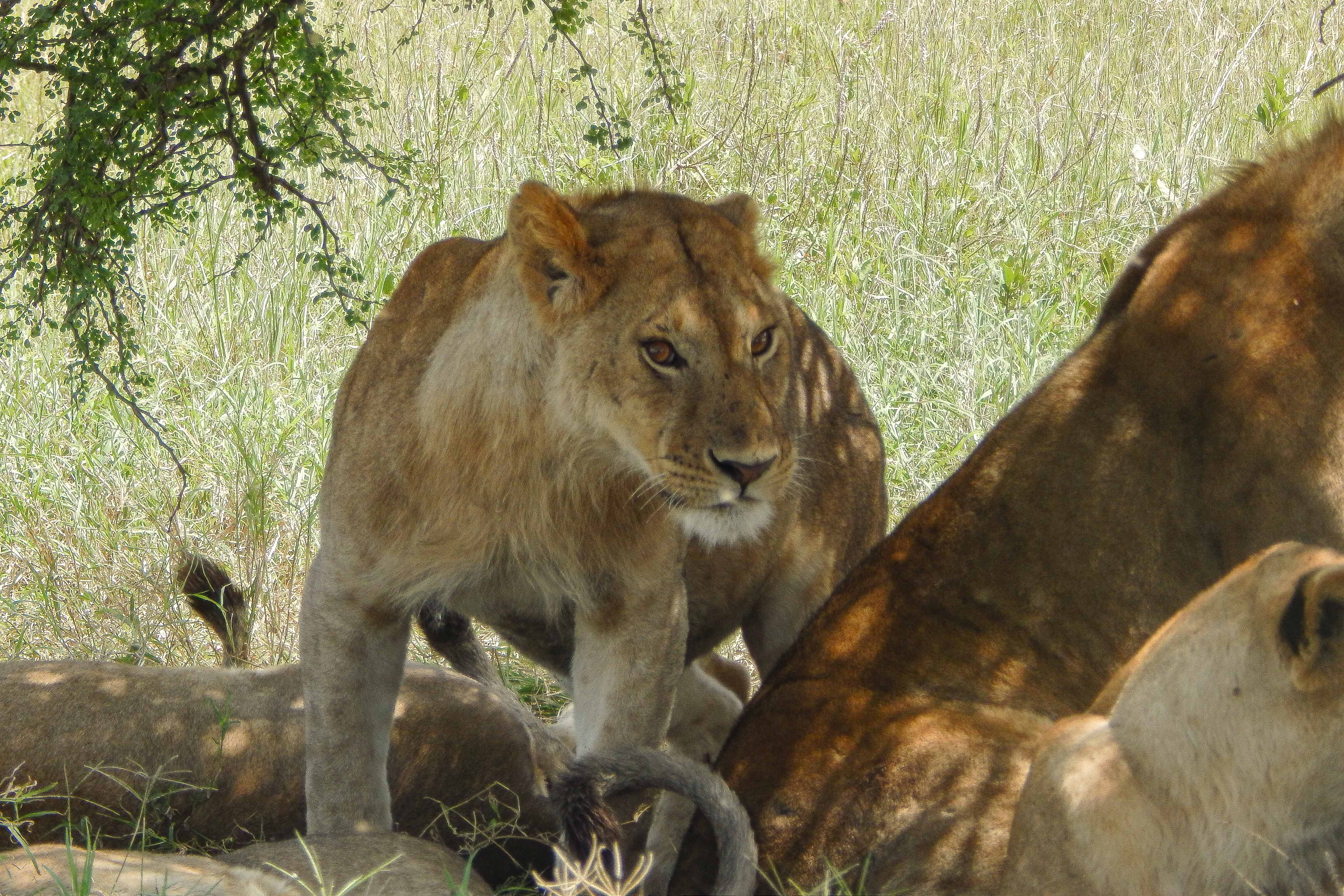


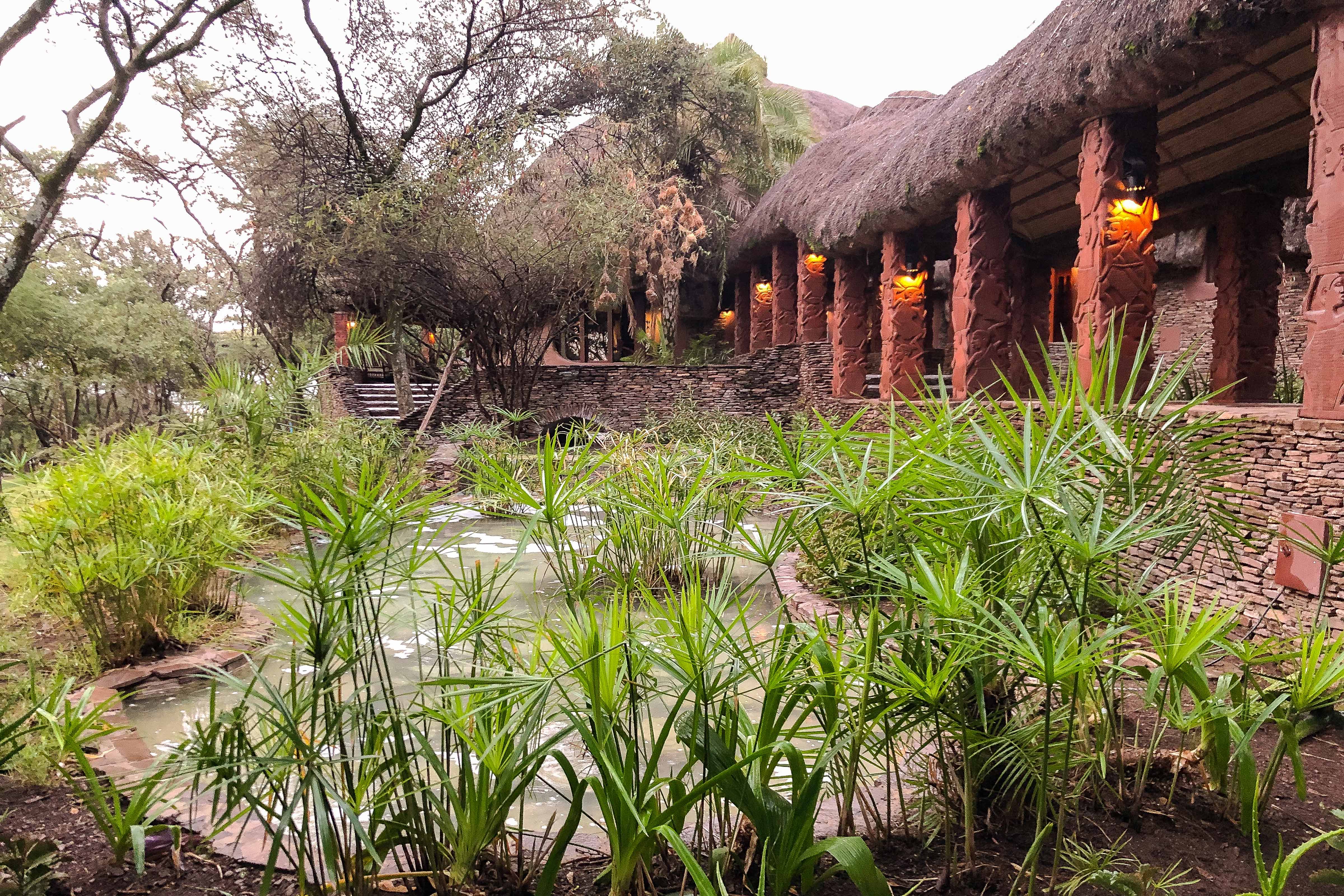
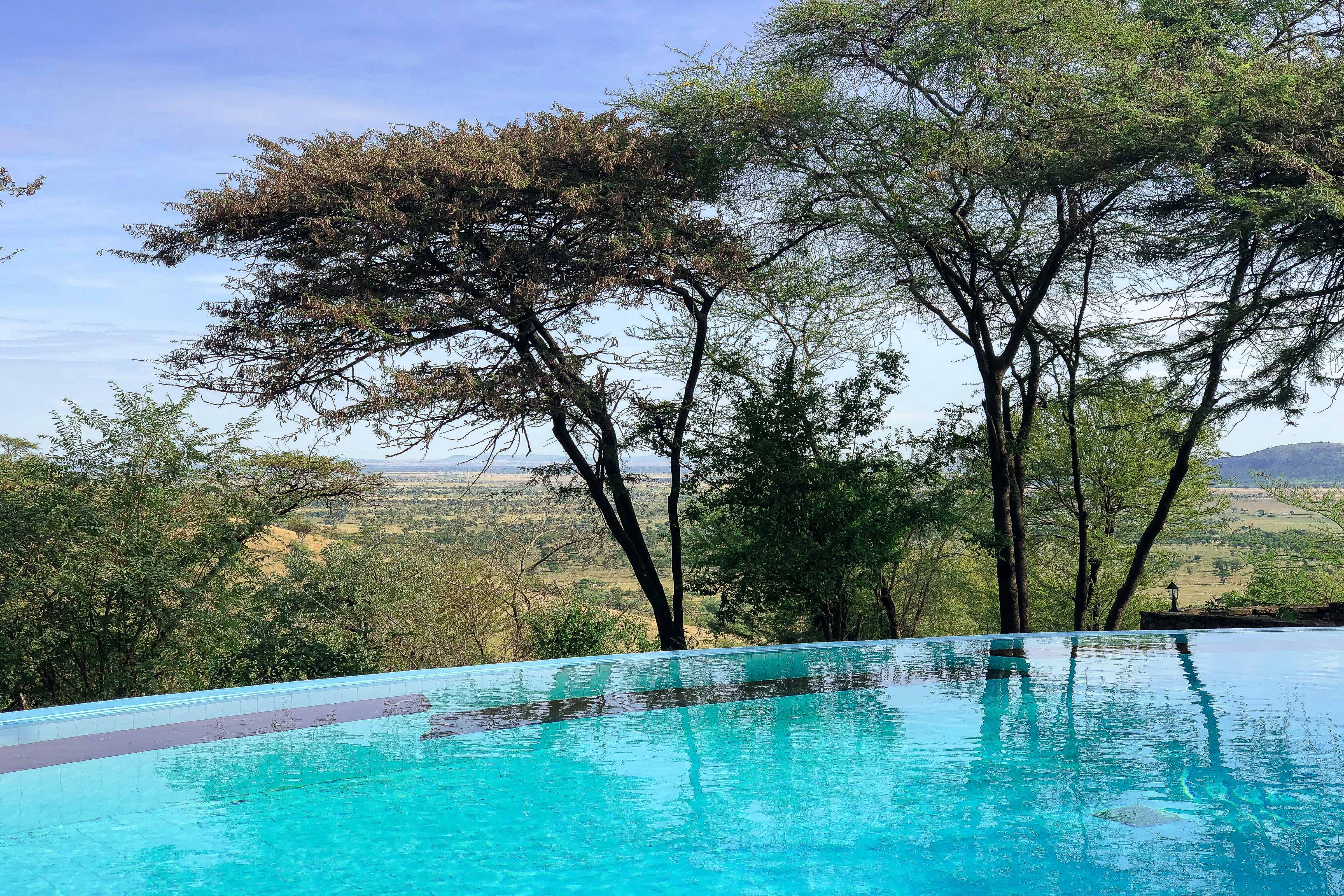
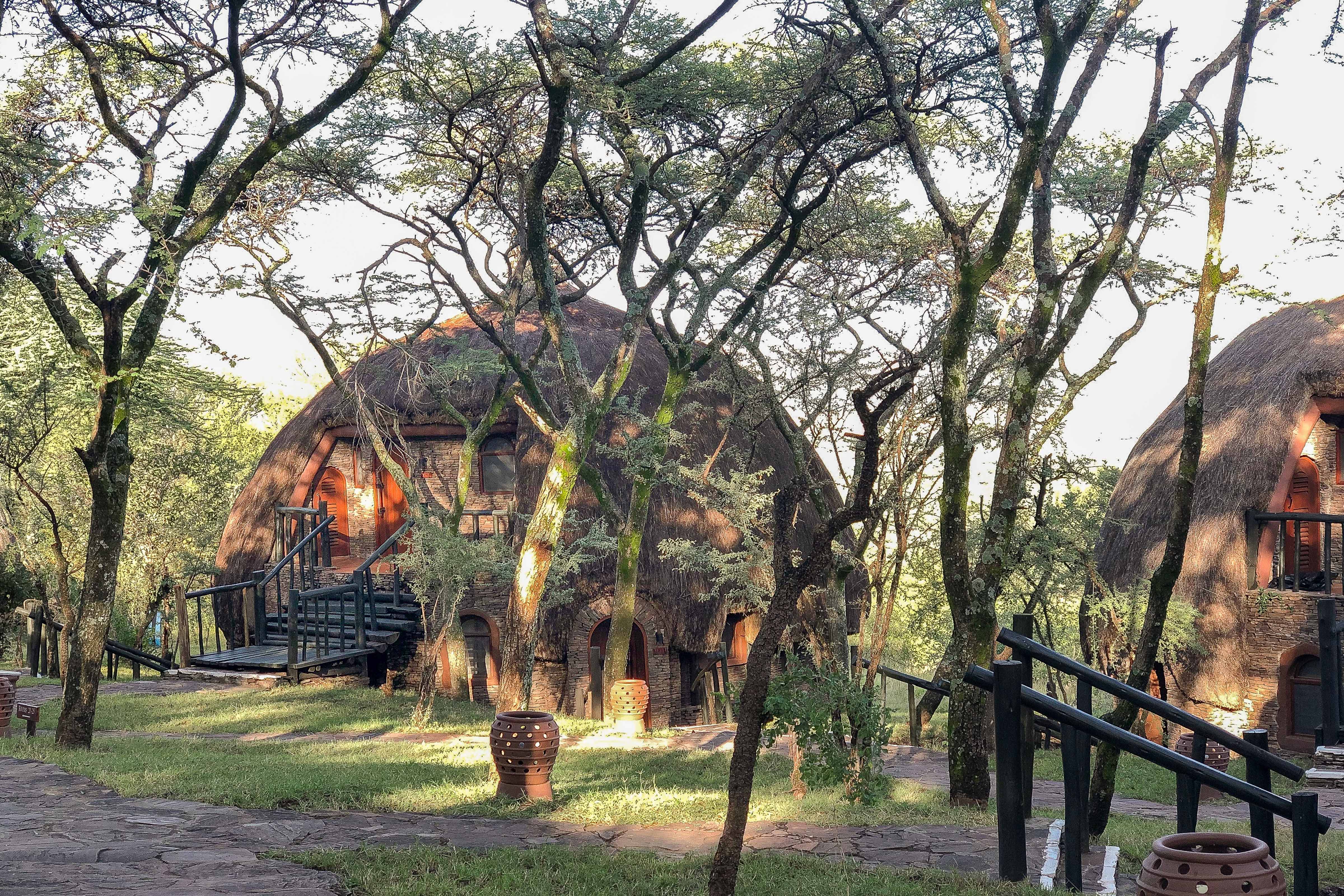
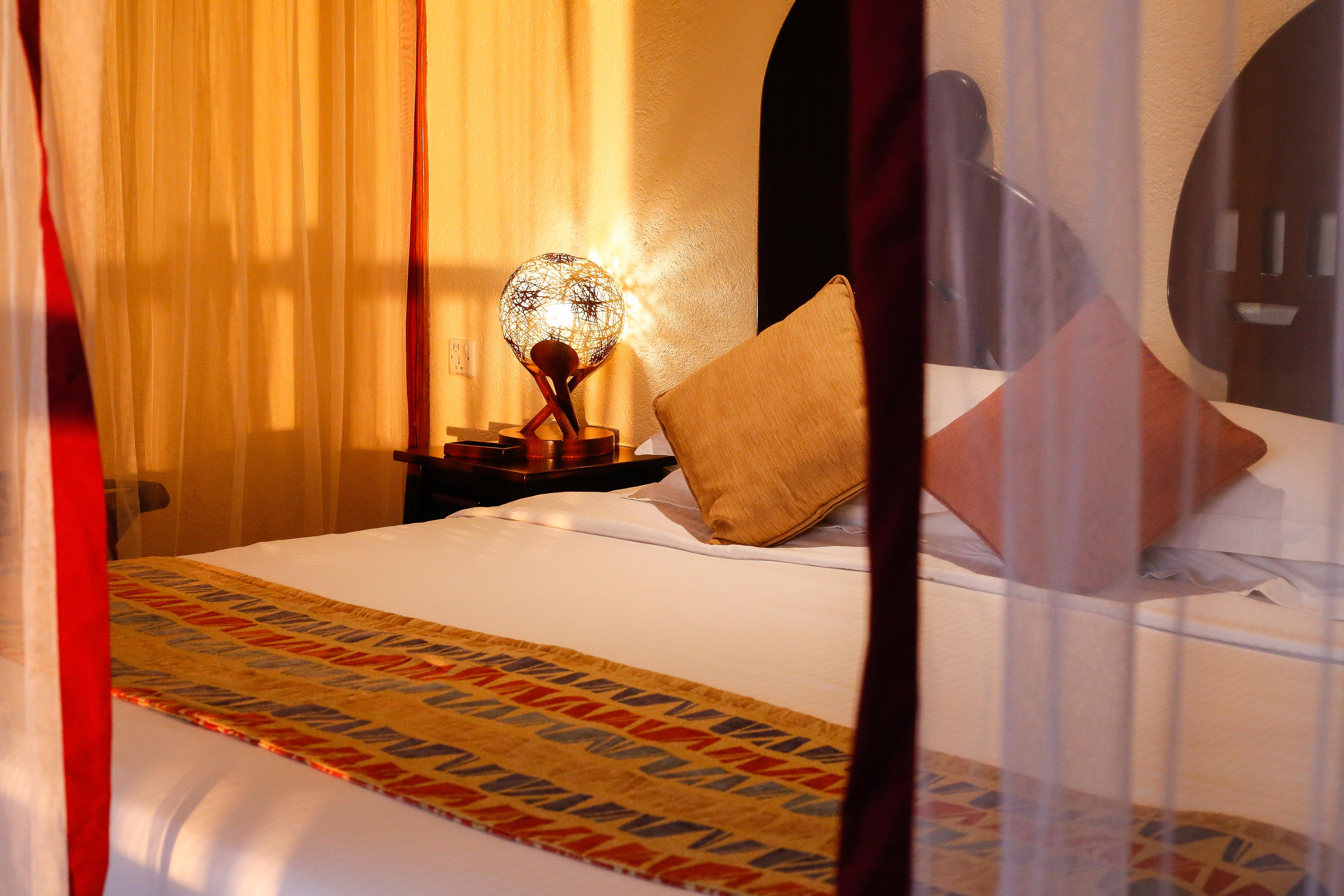
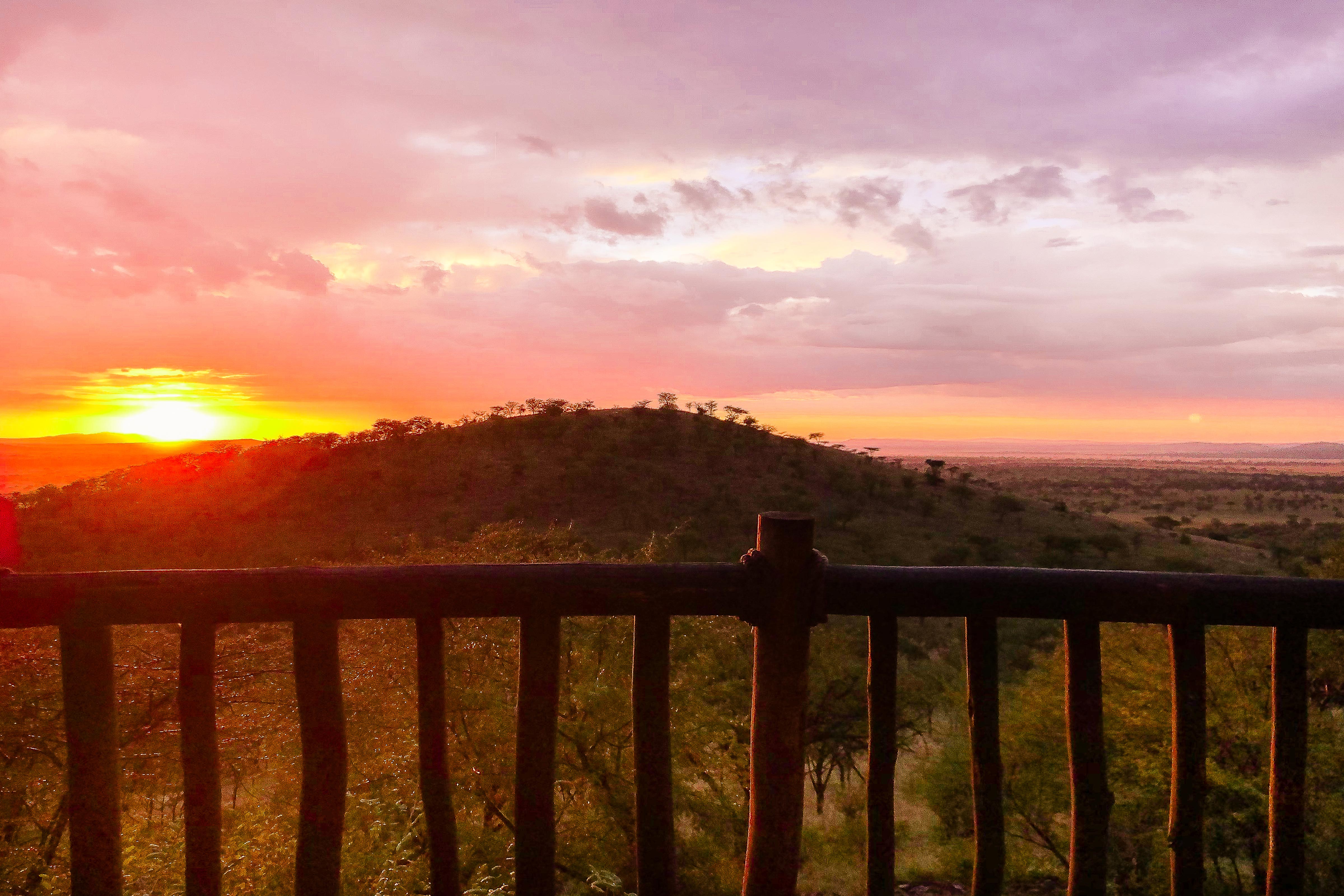
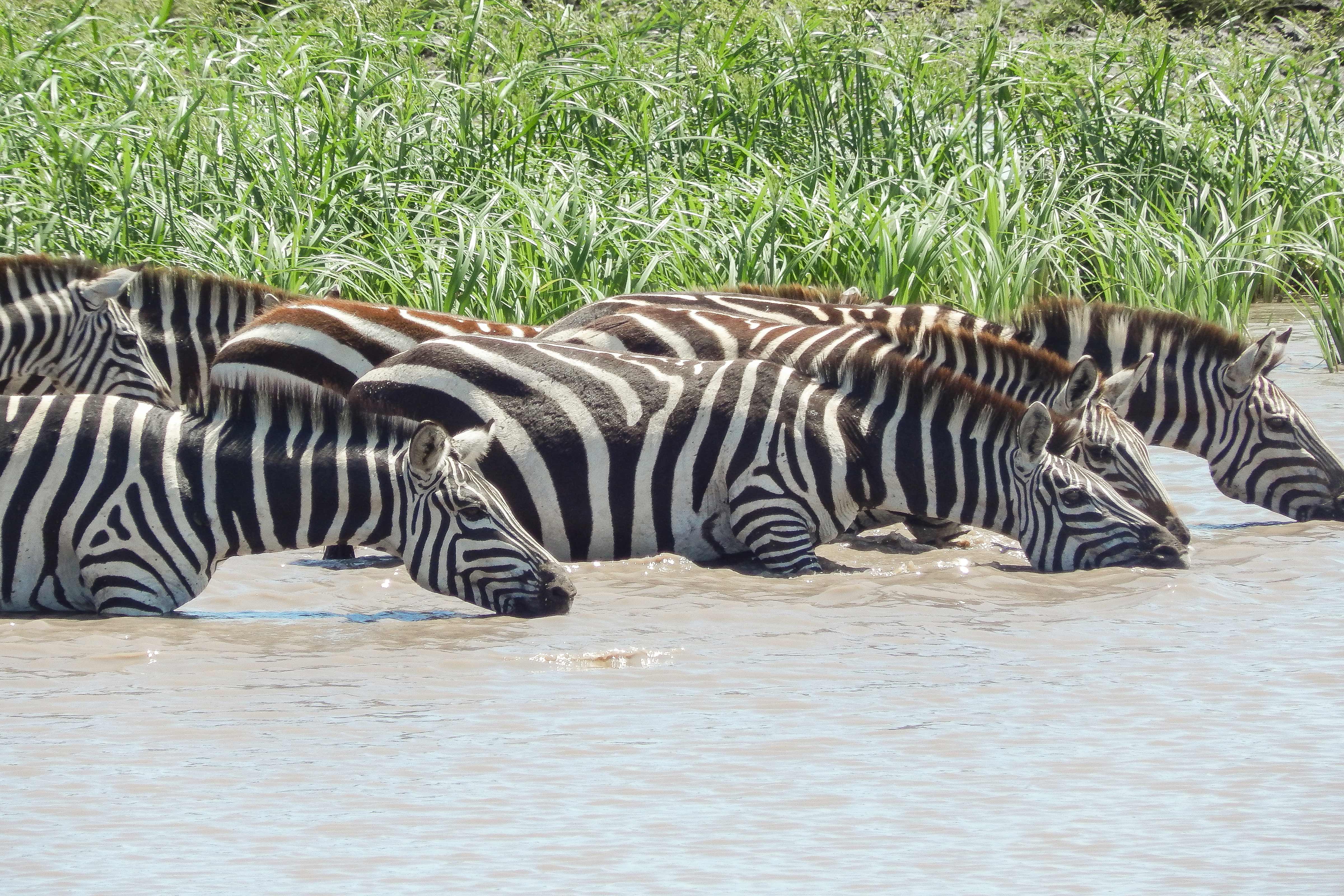

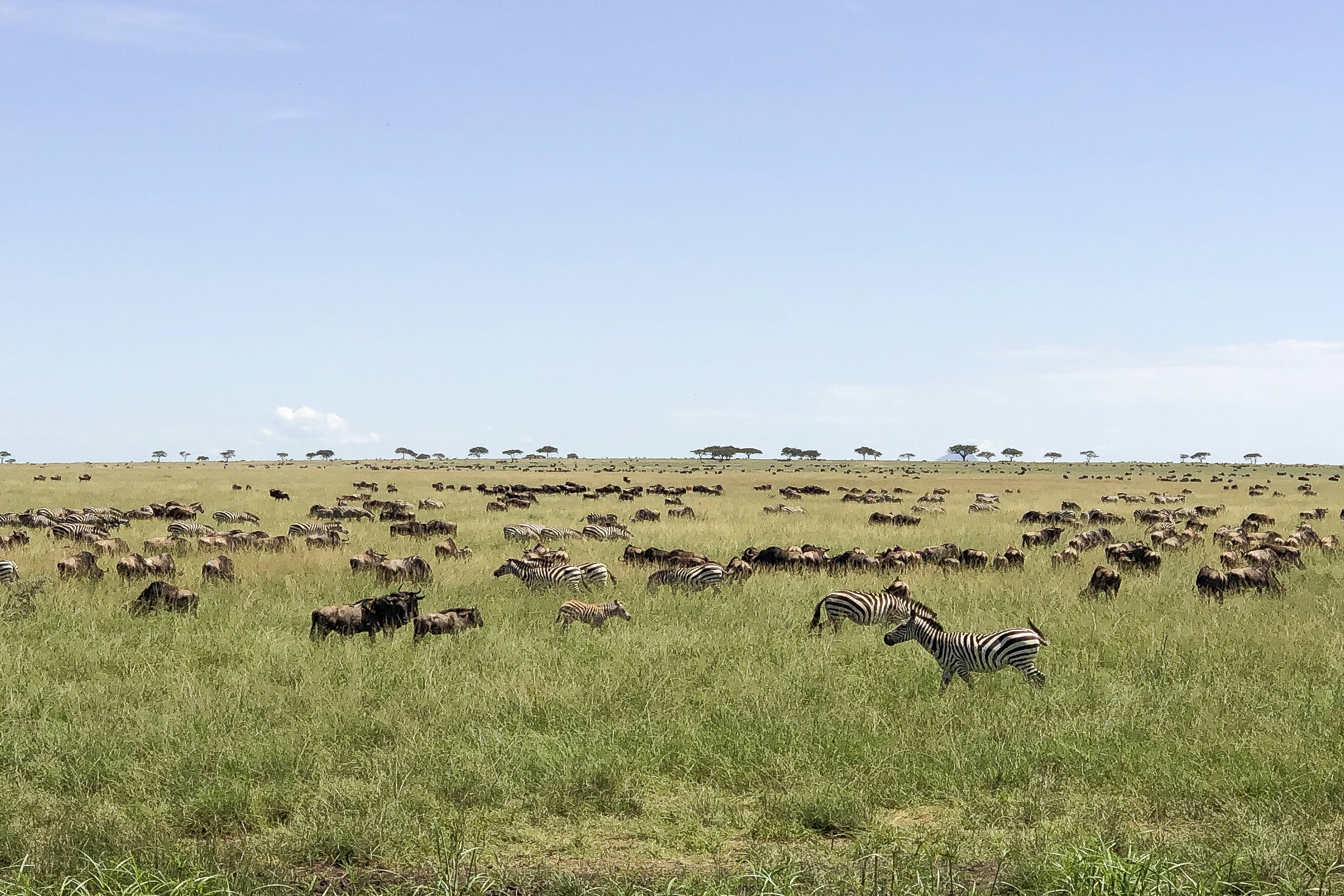
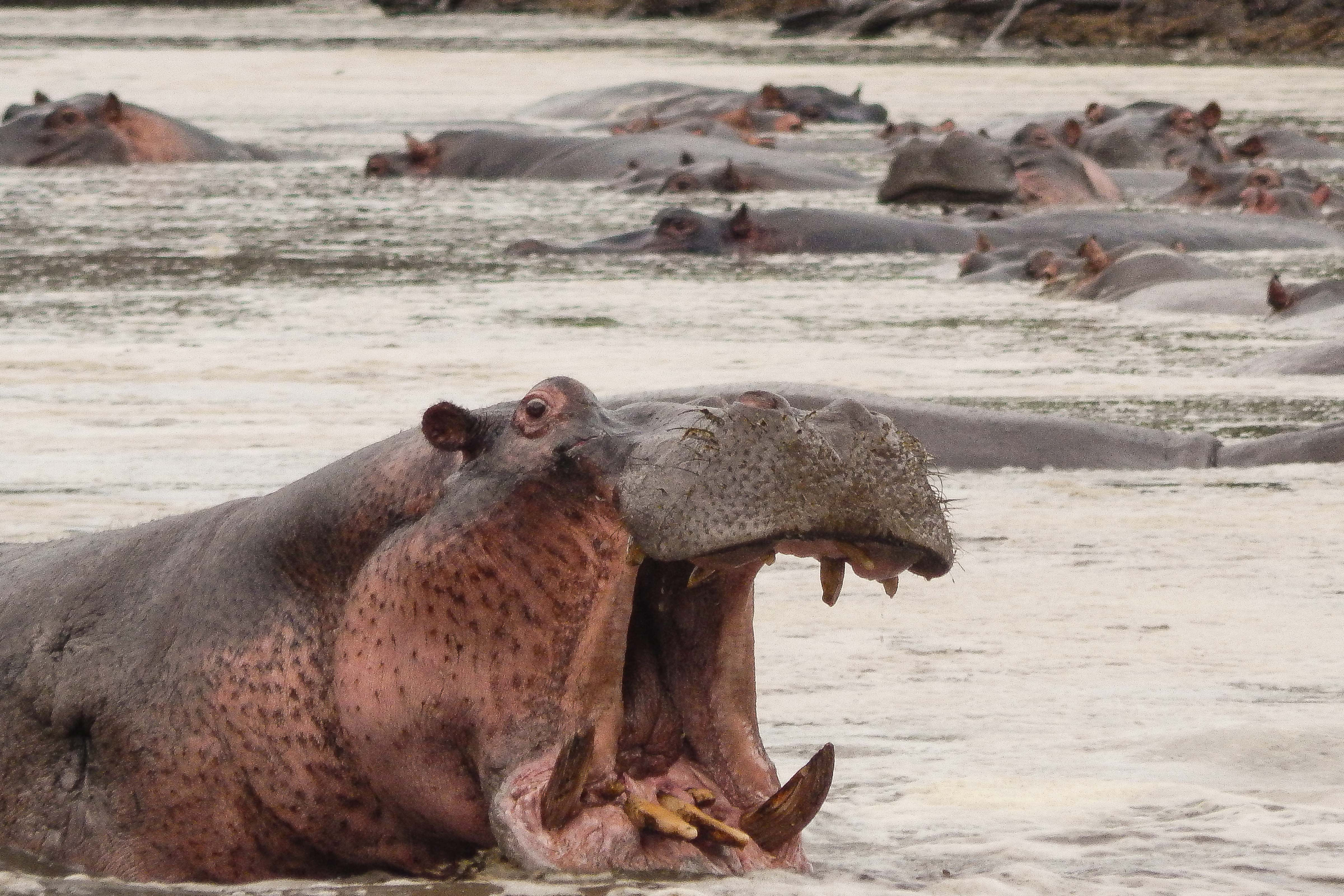
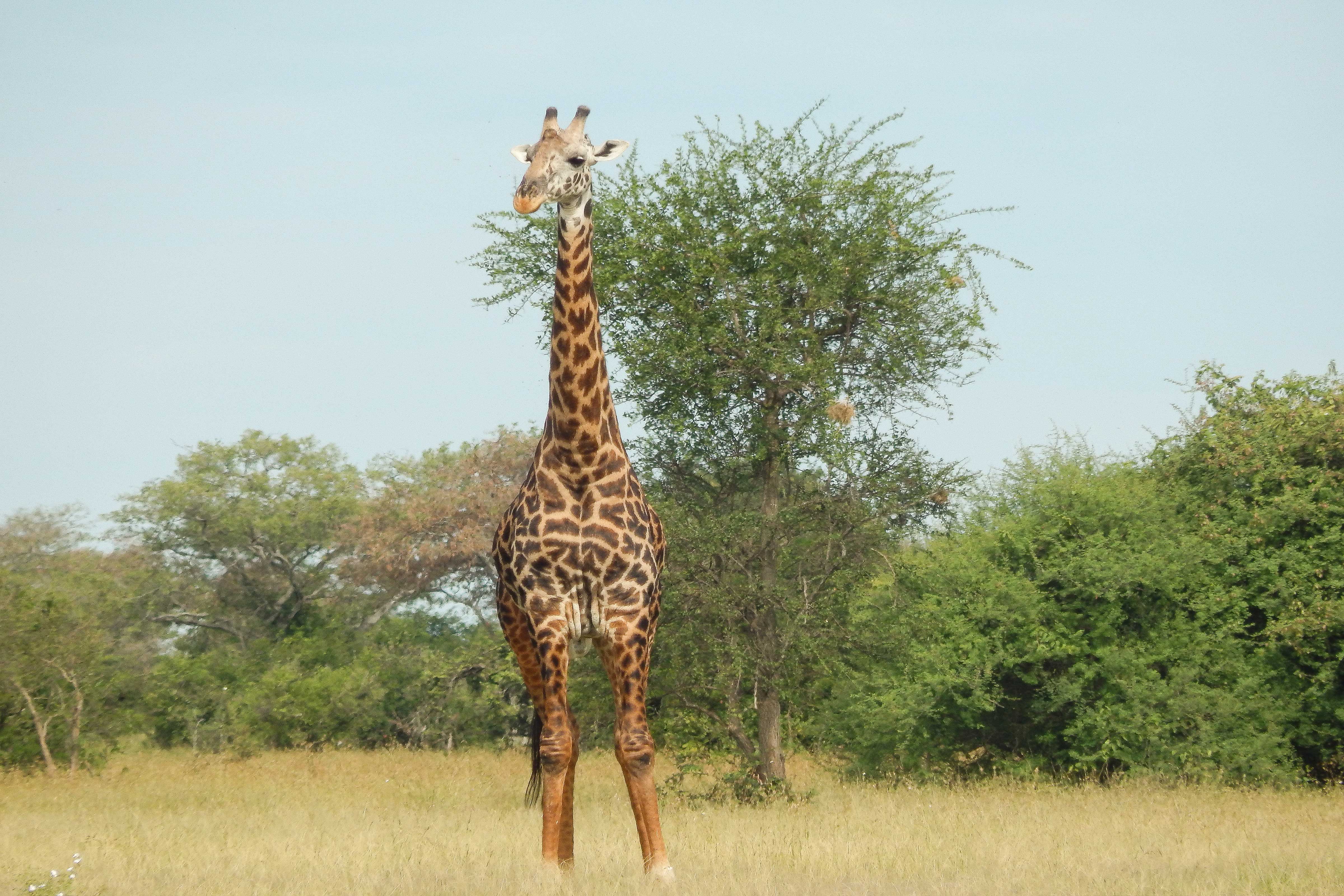
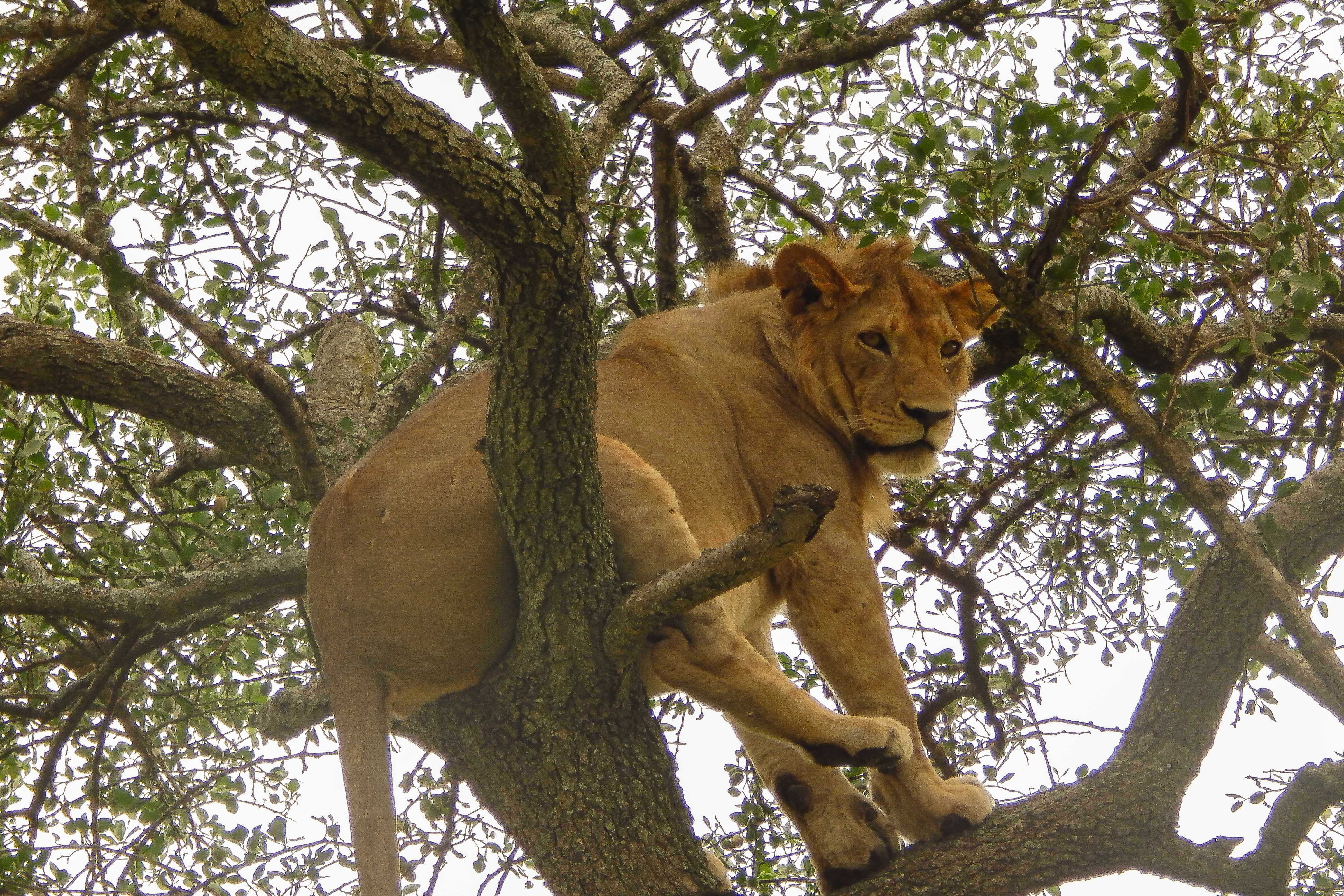
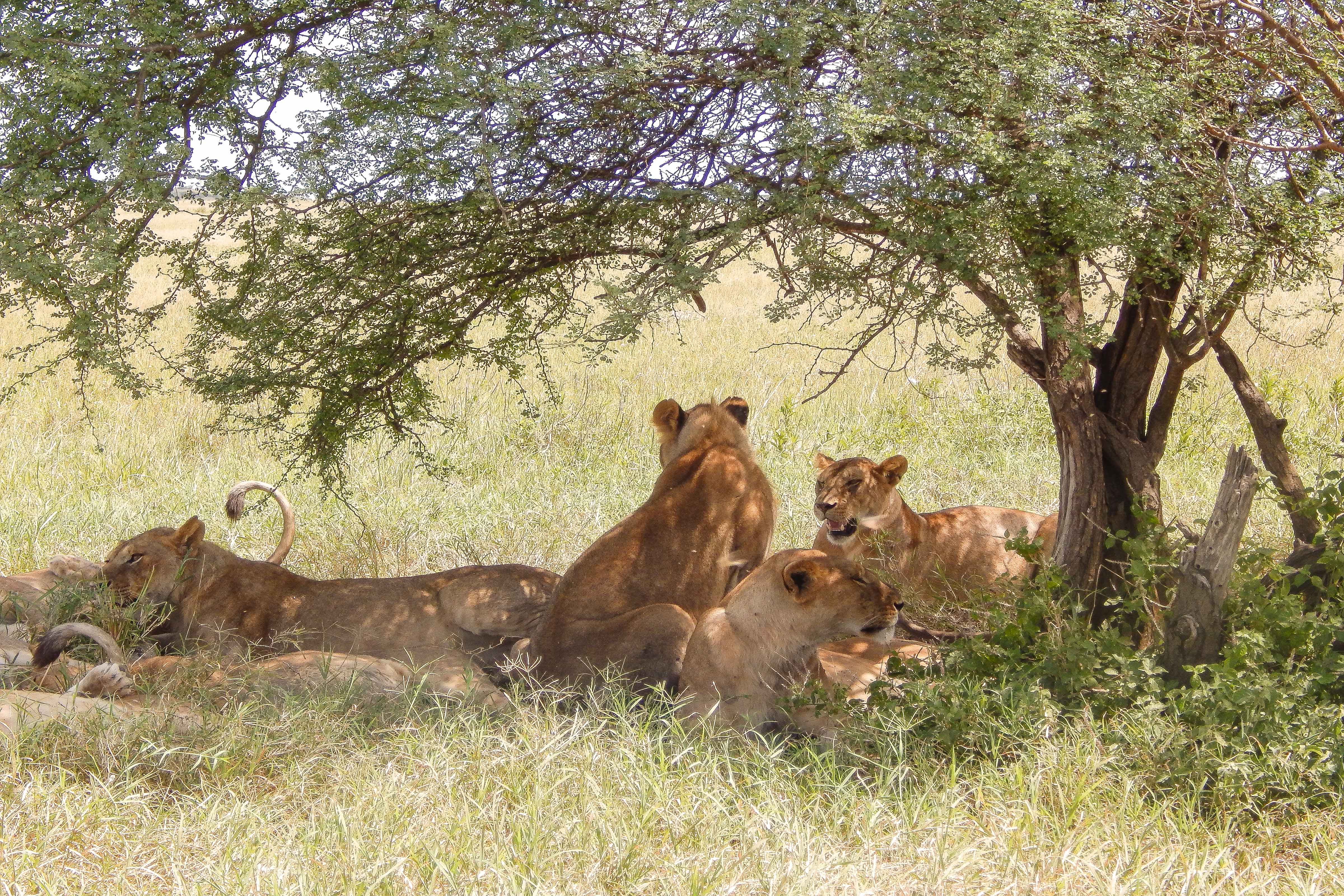
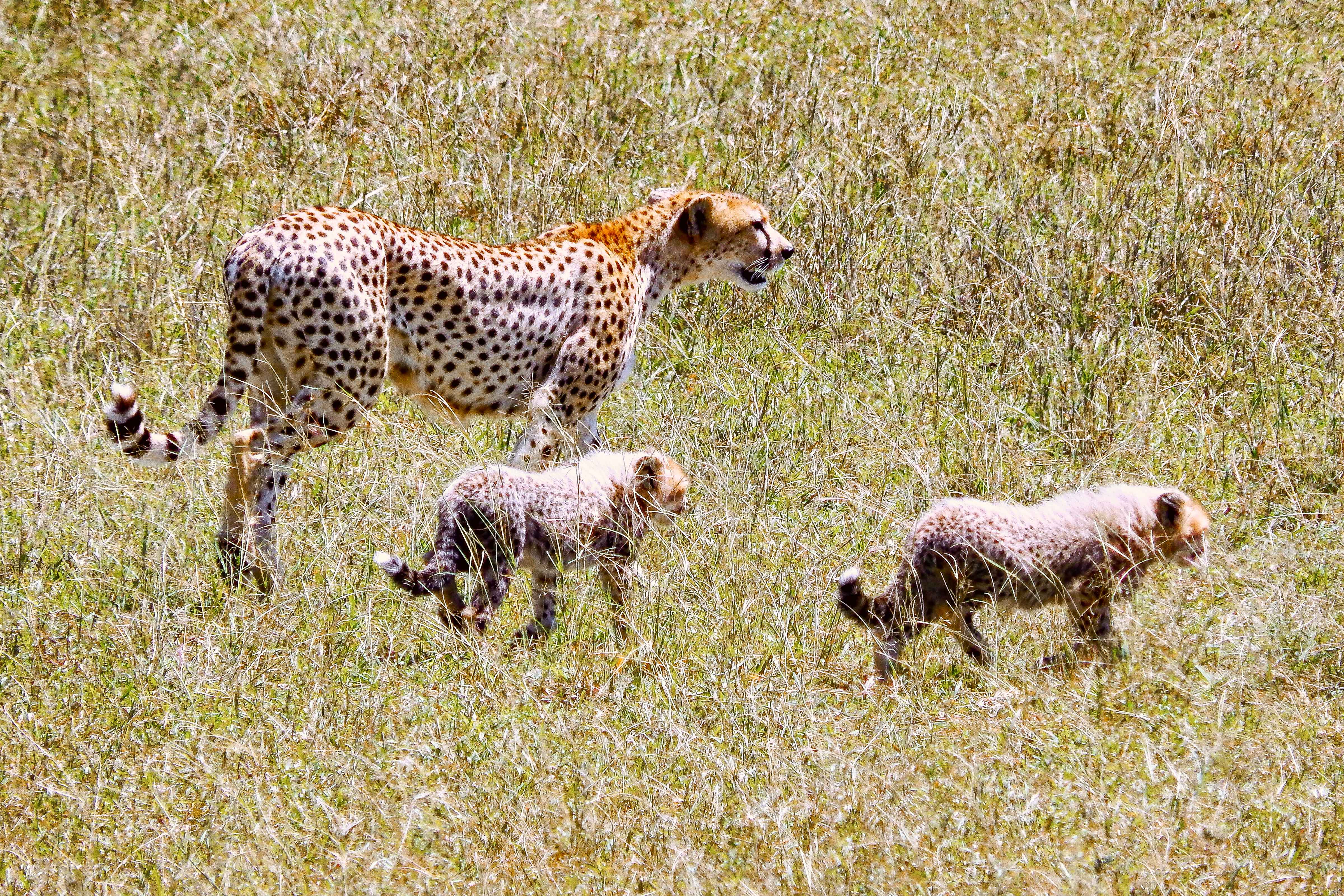
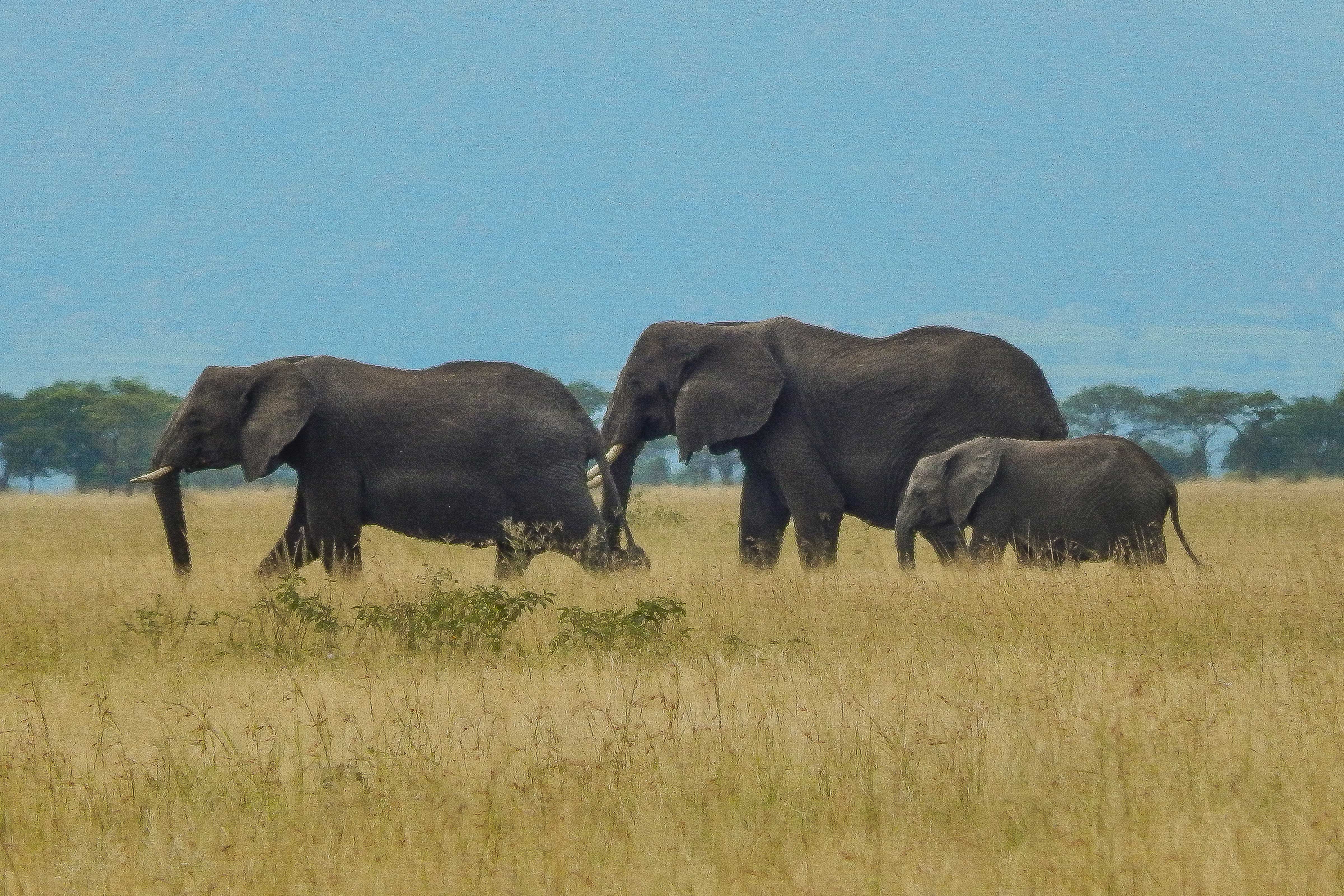
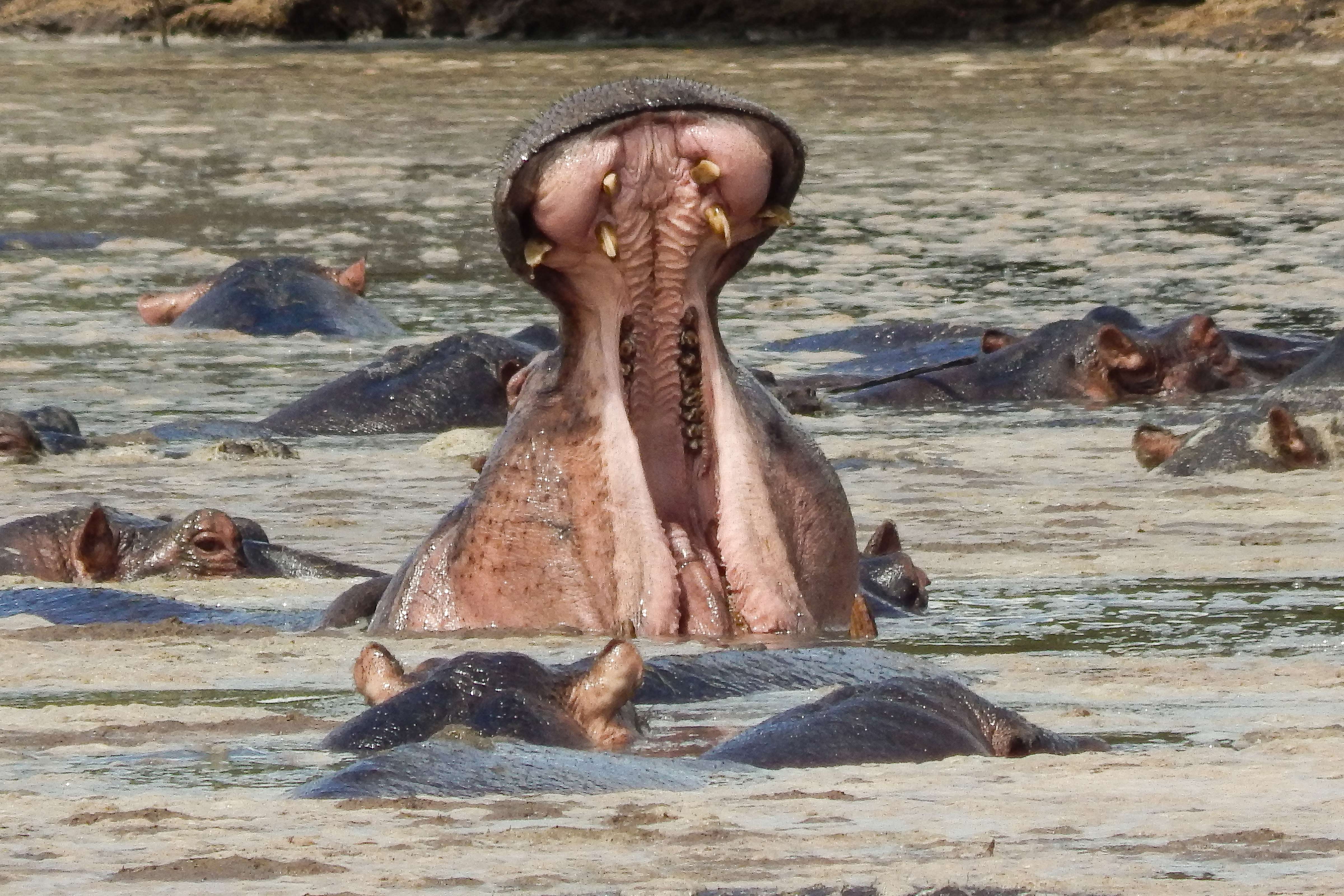
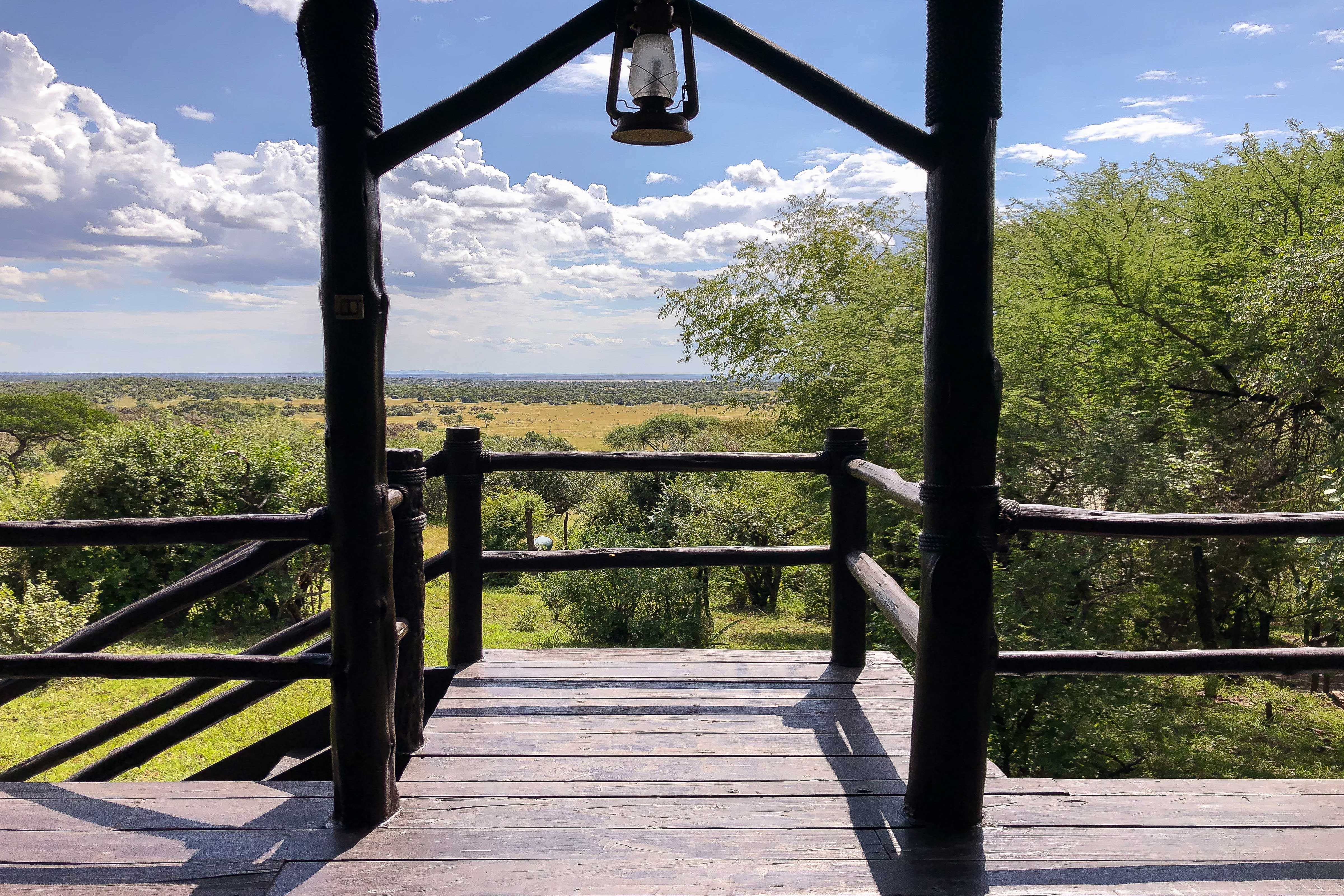

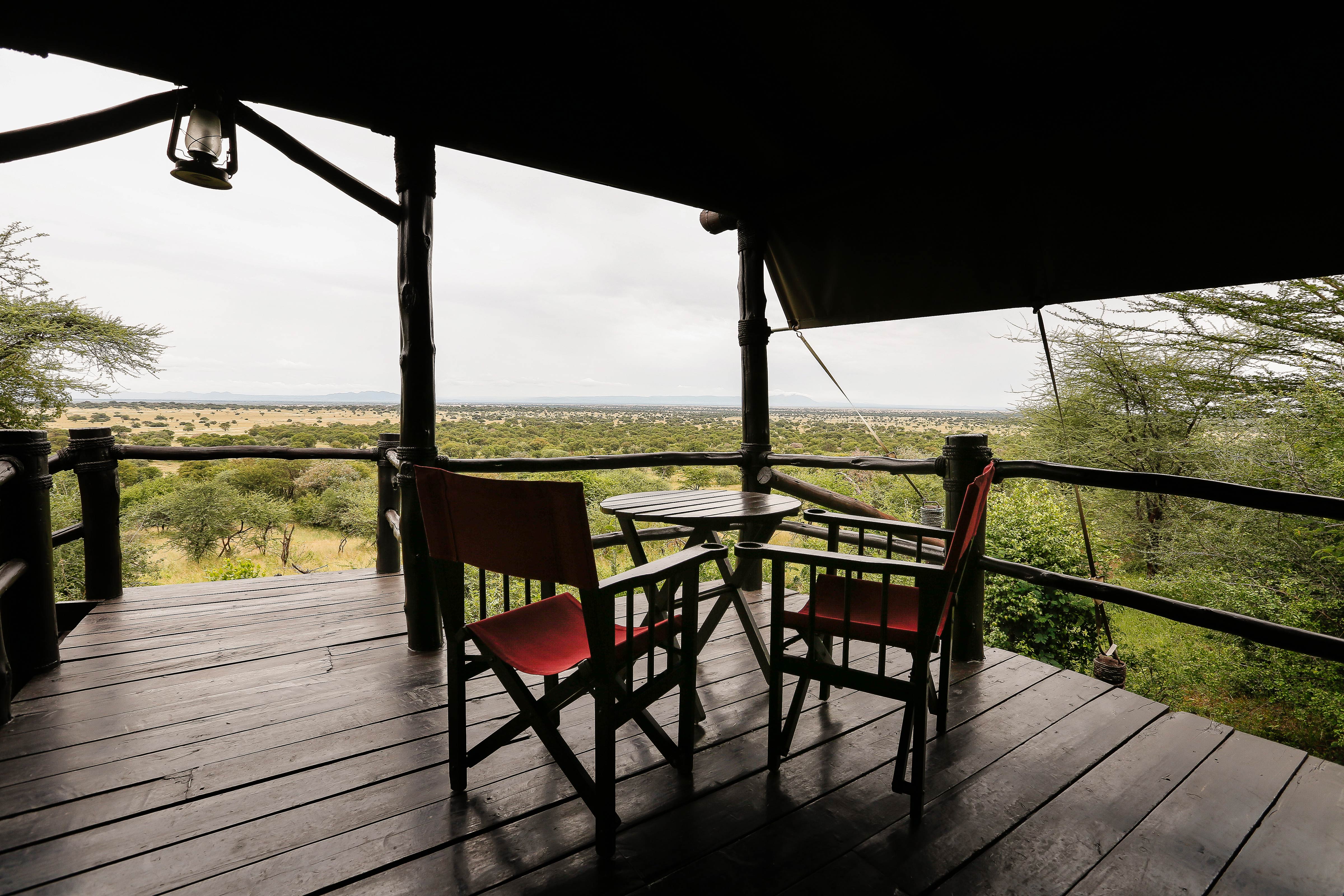

Leave a Reply